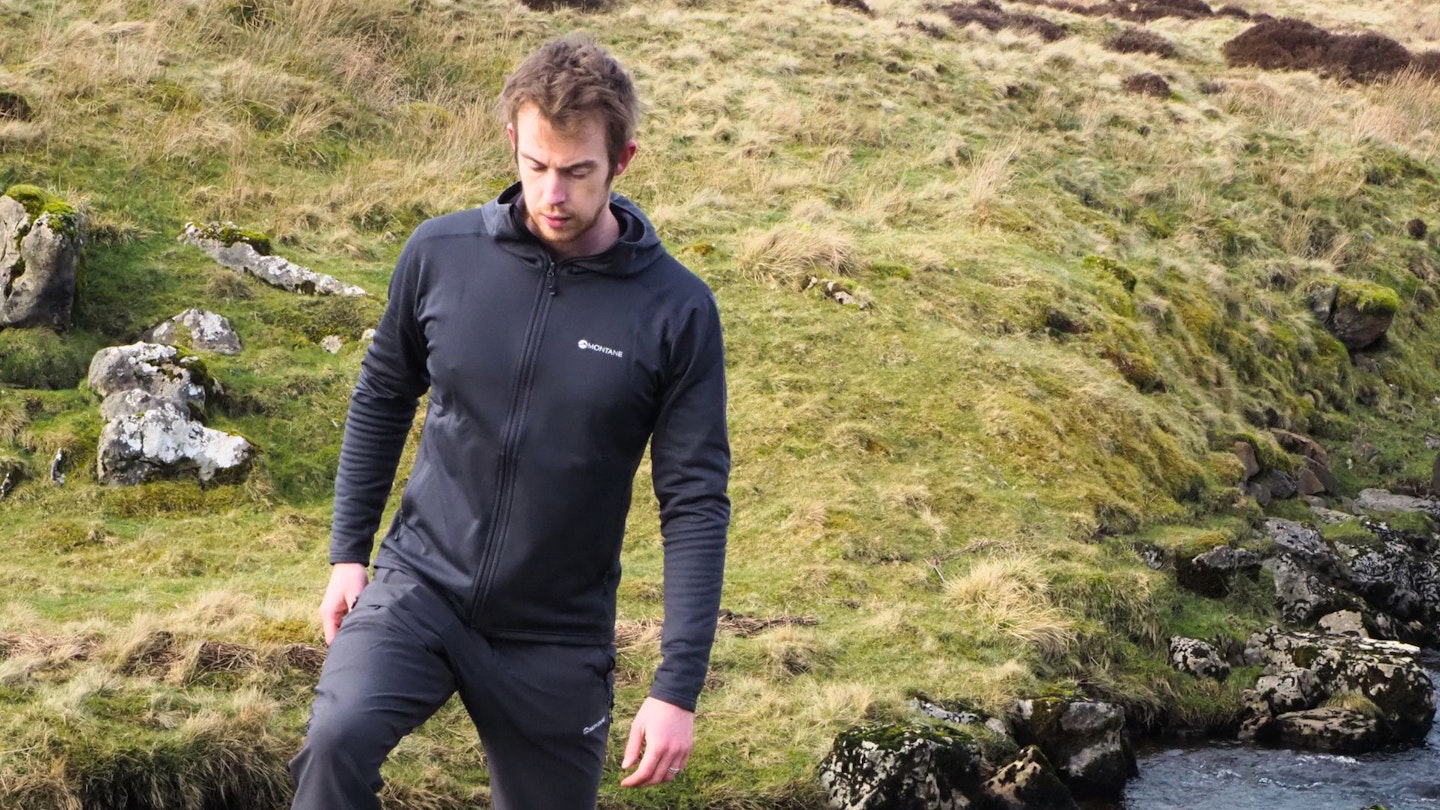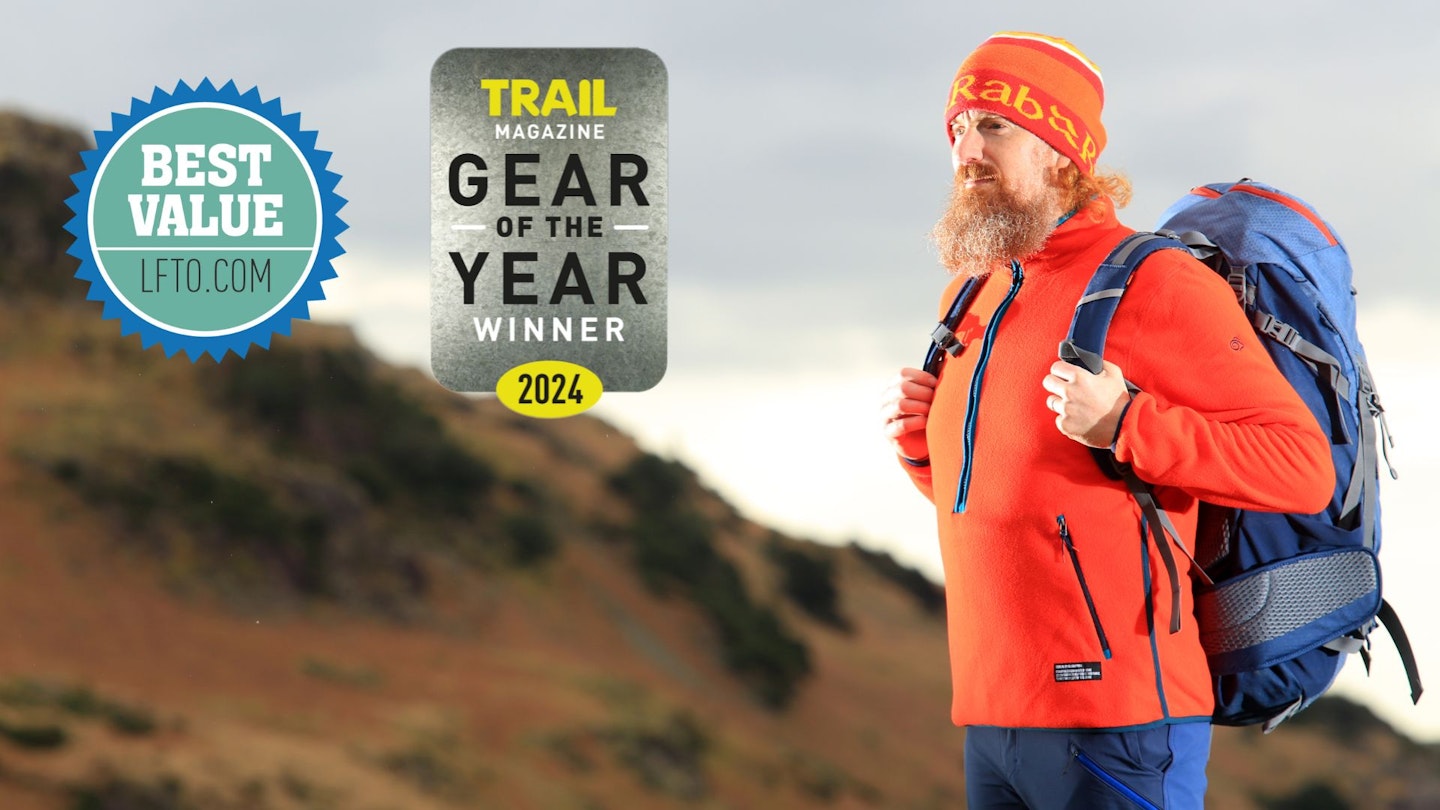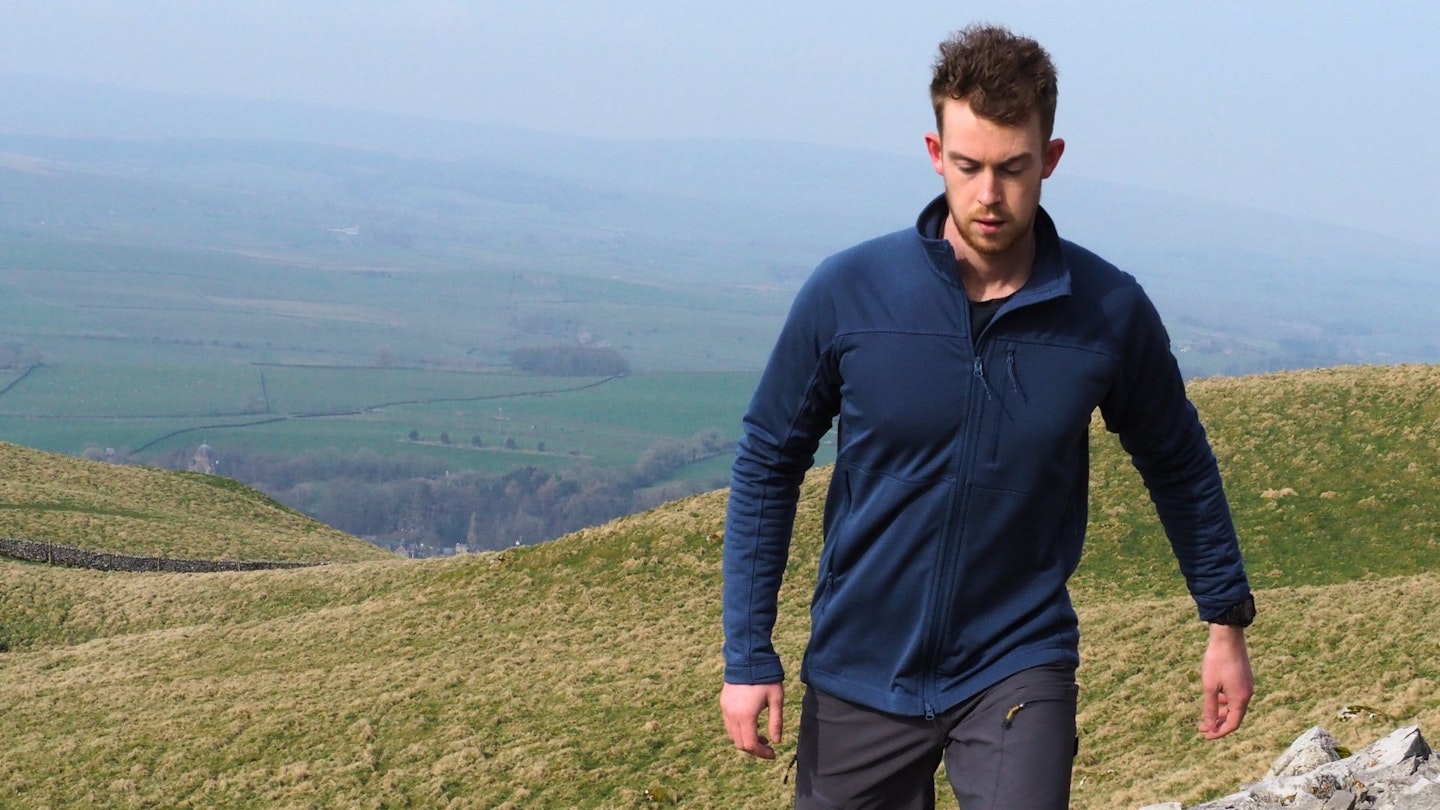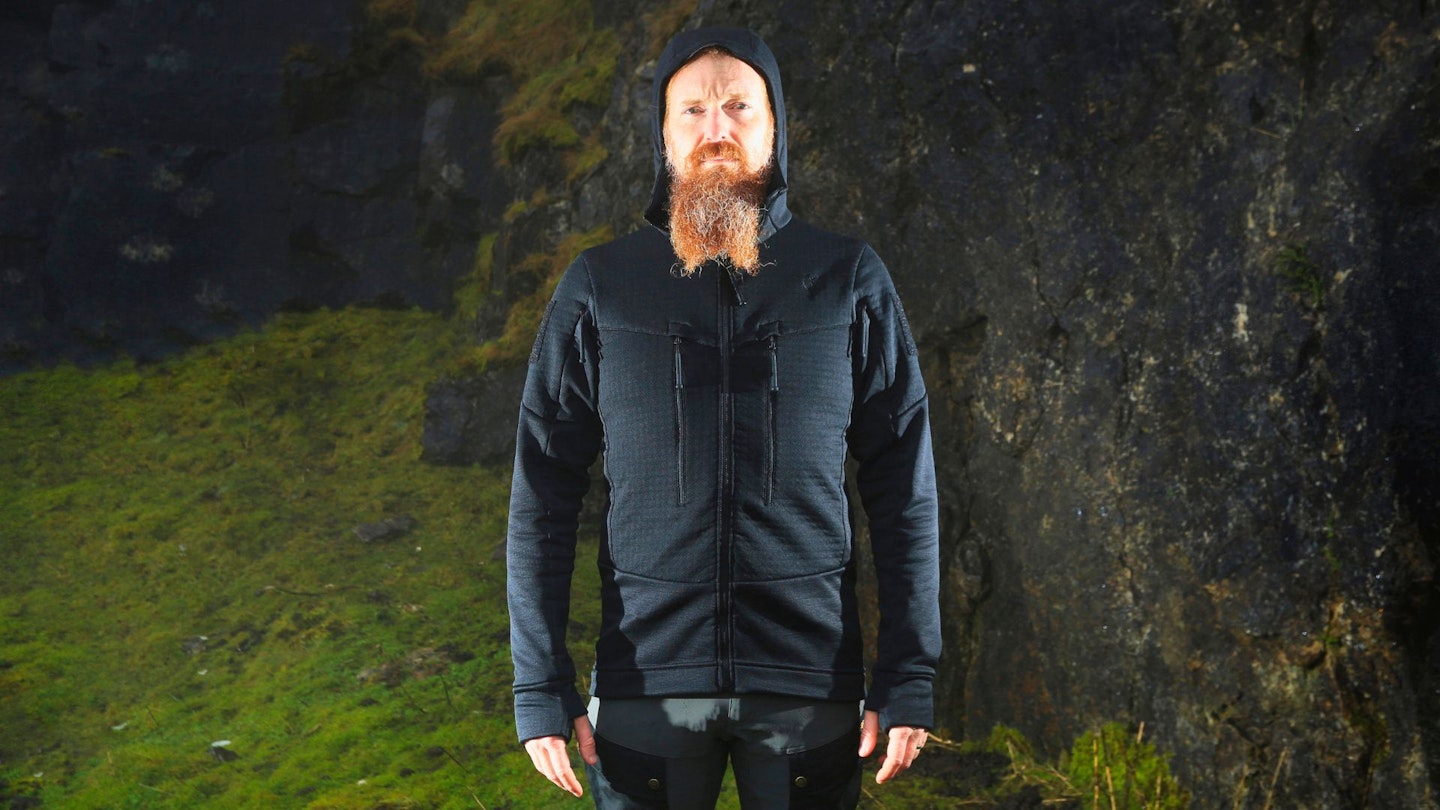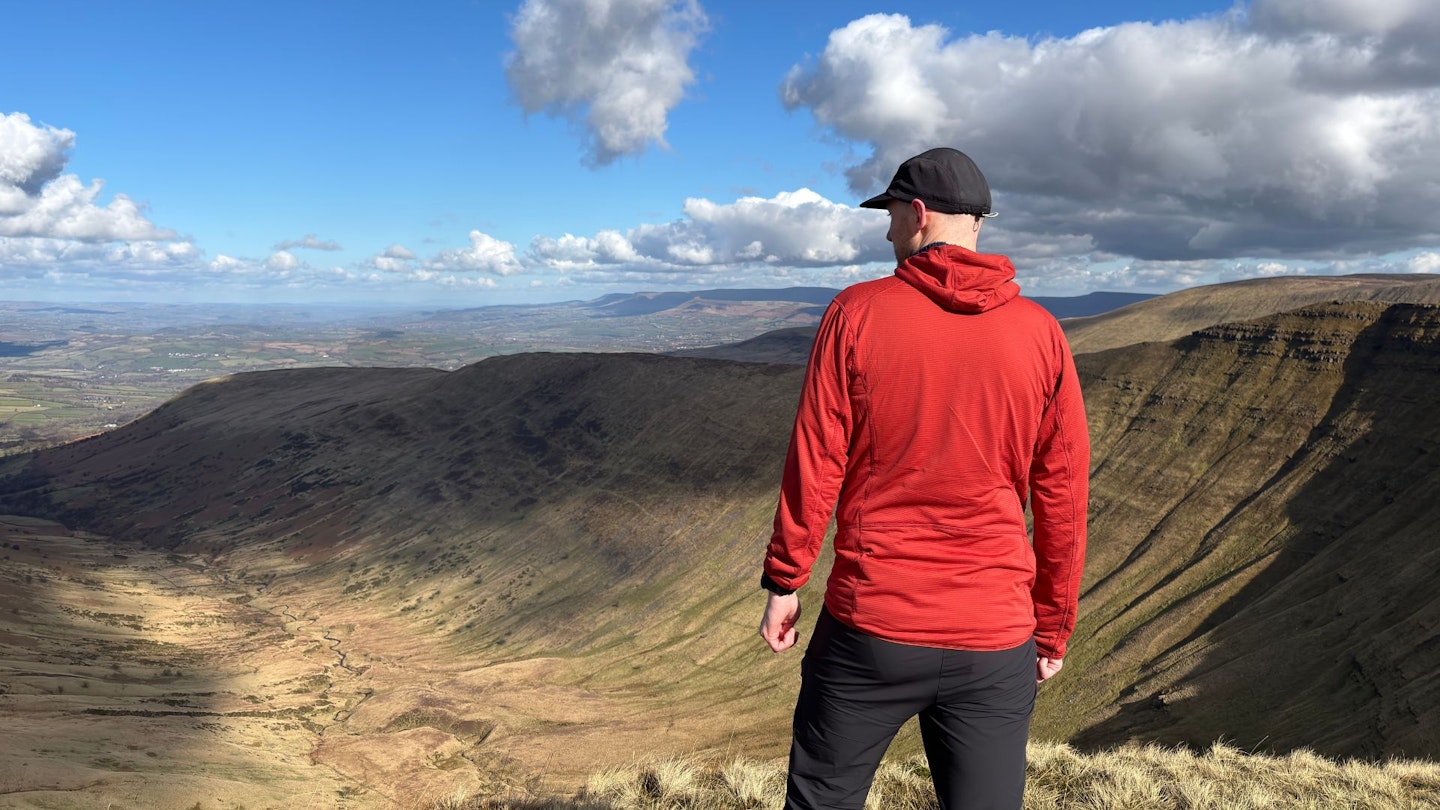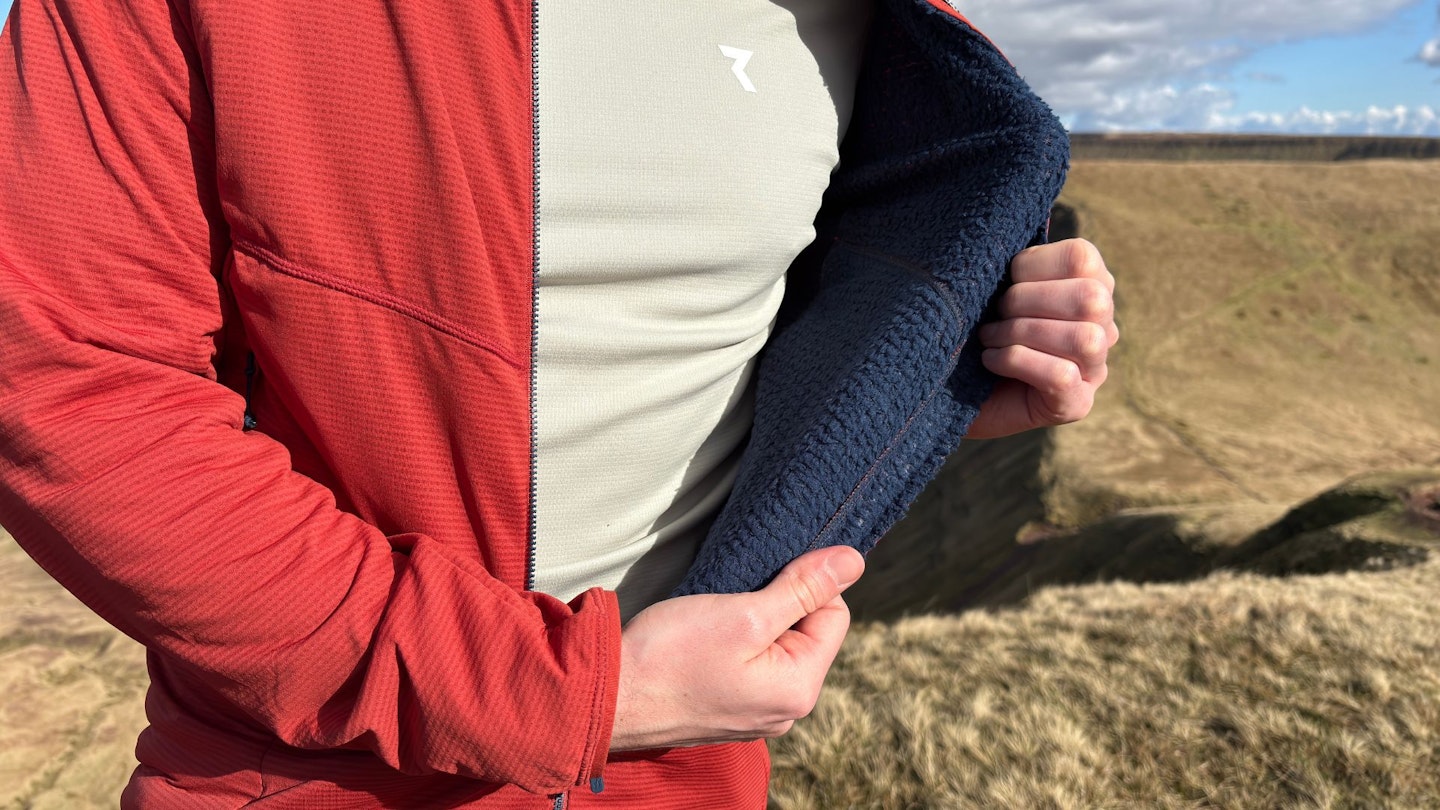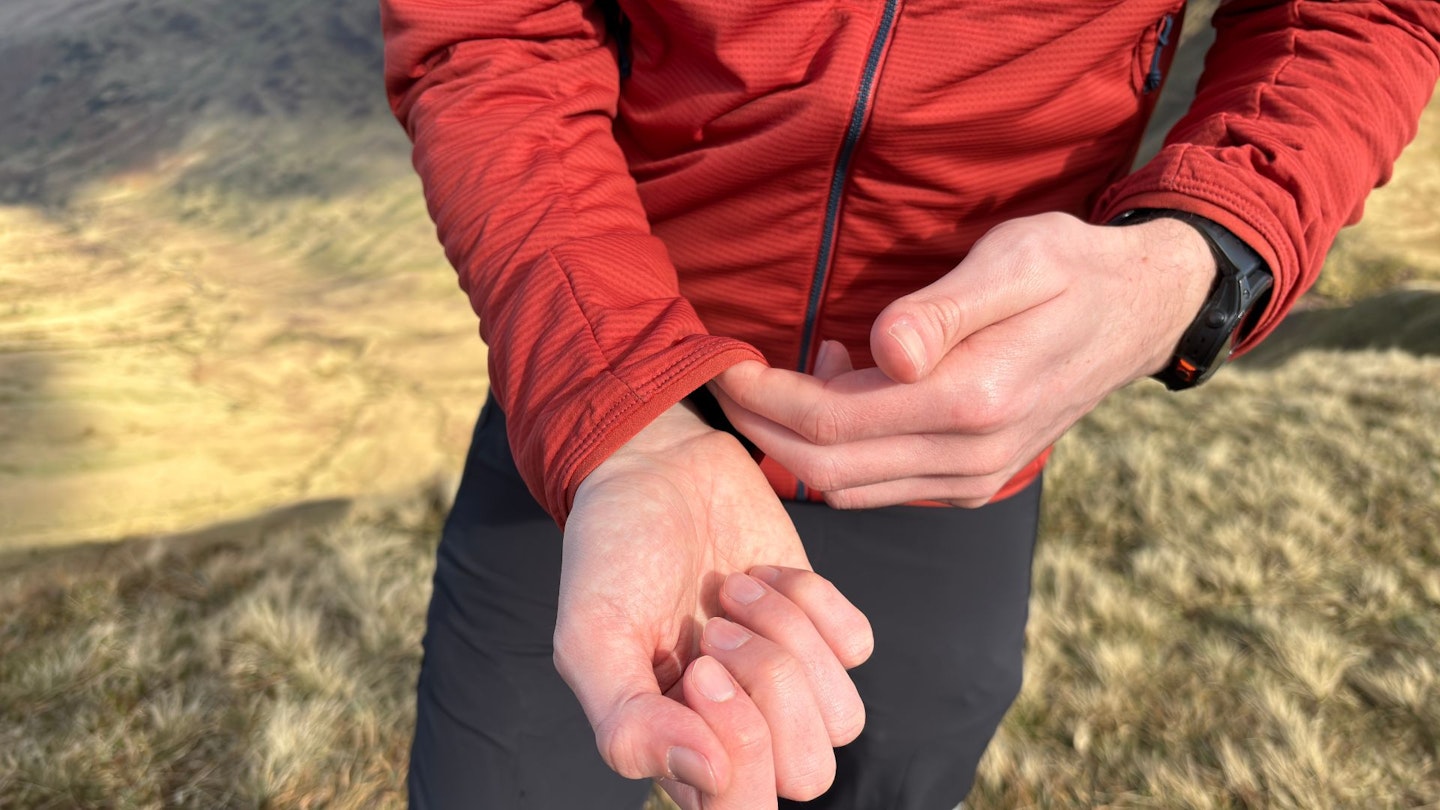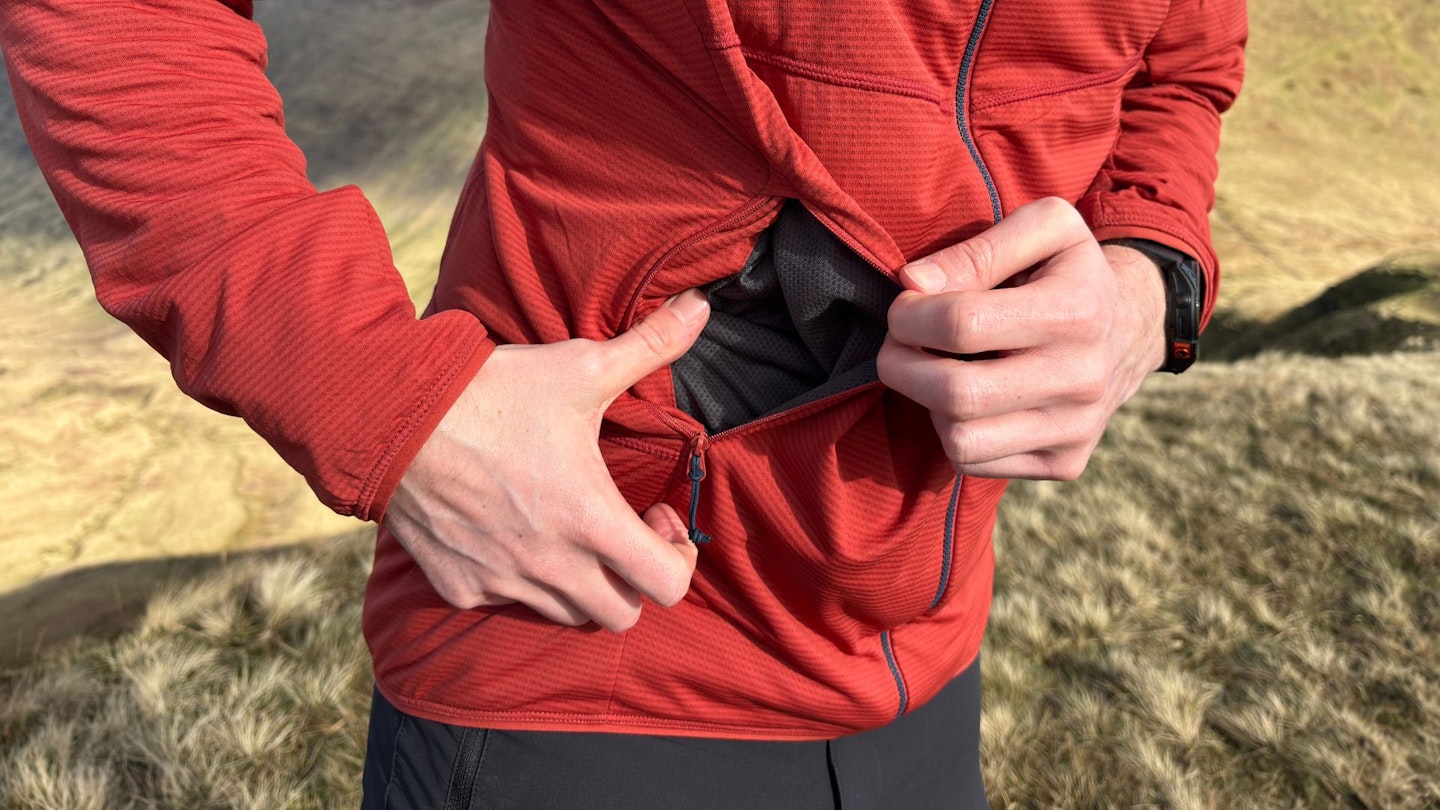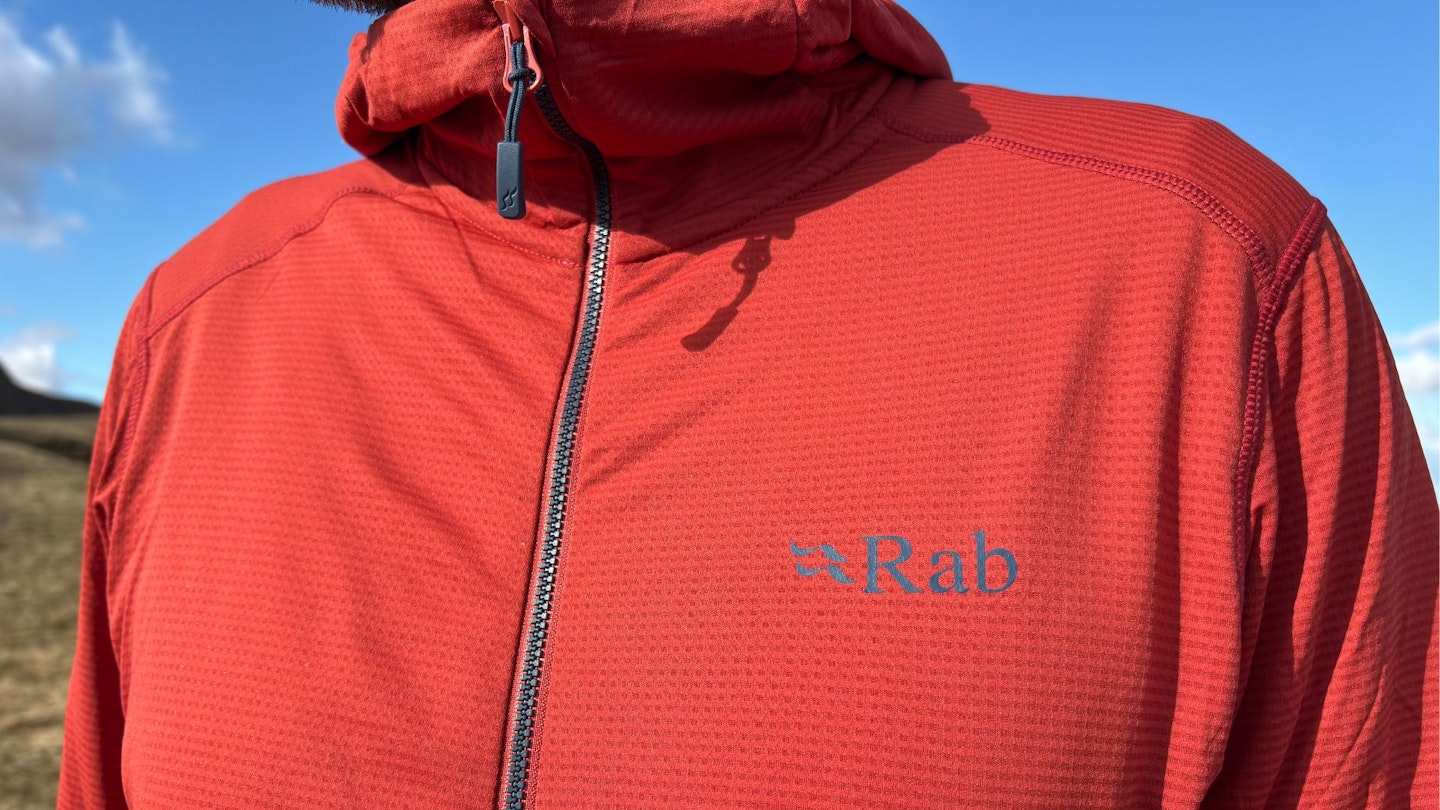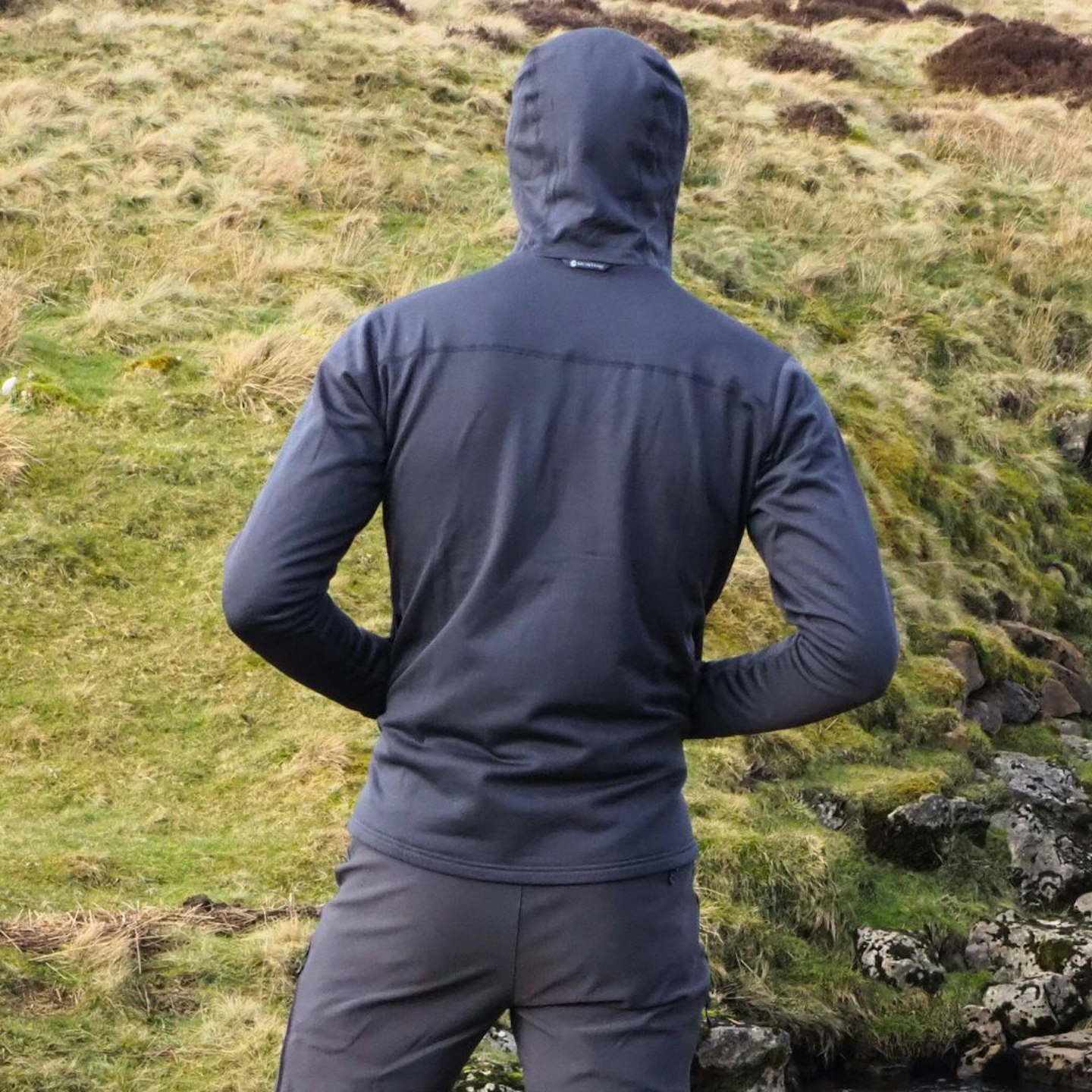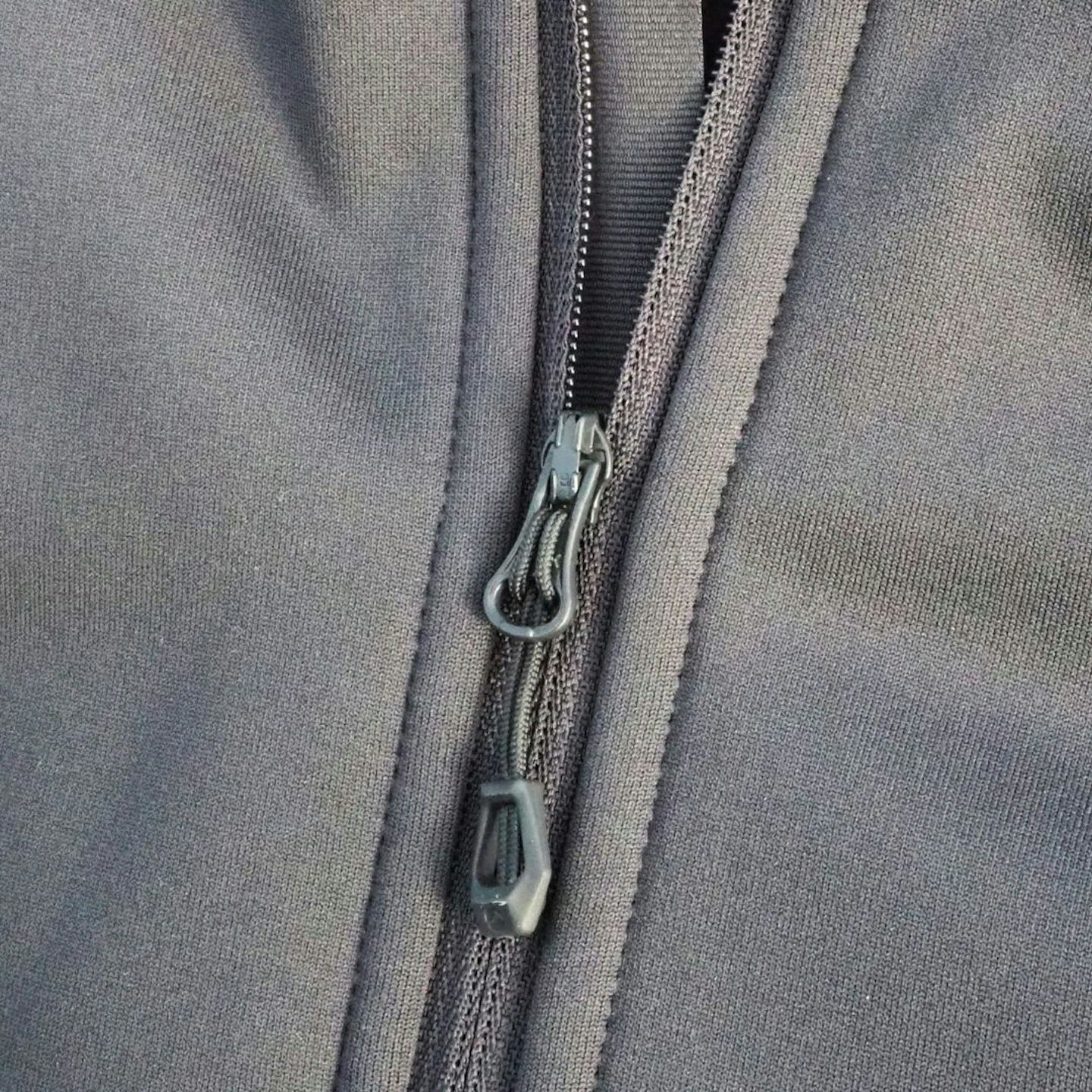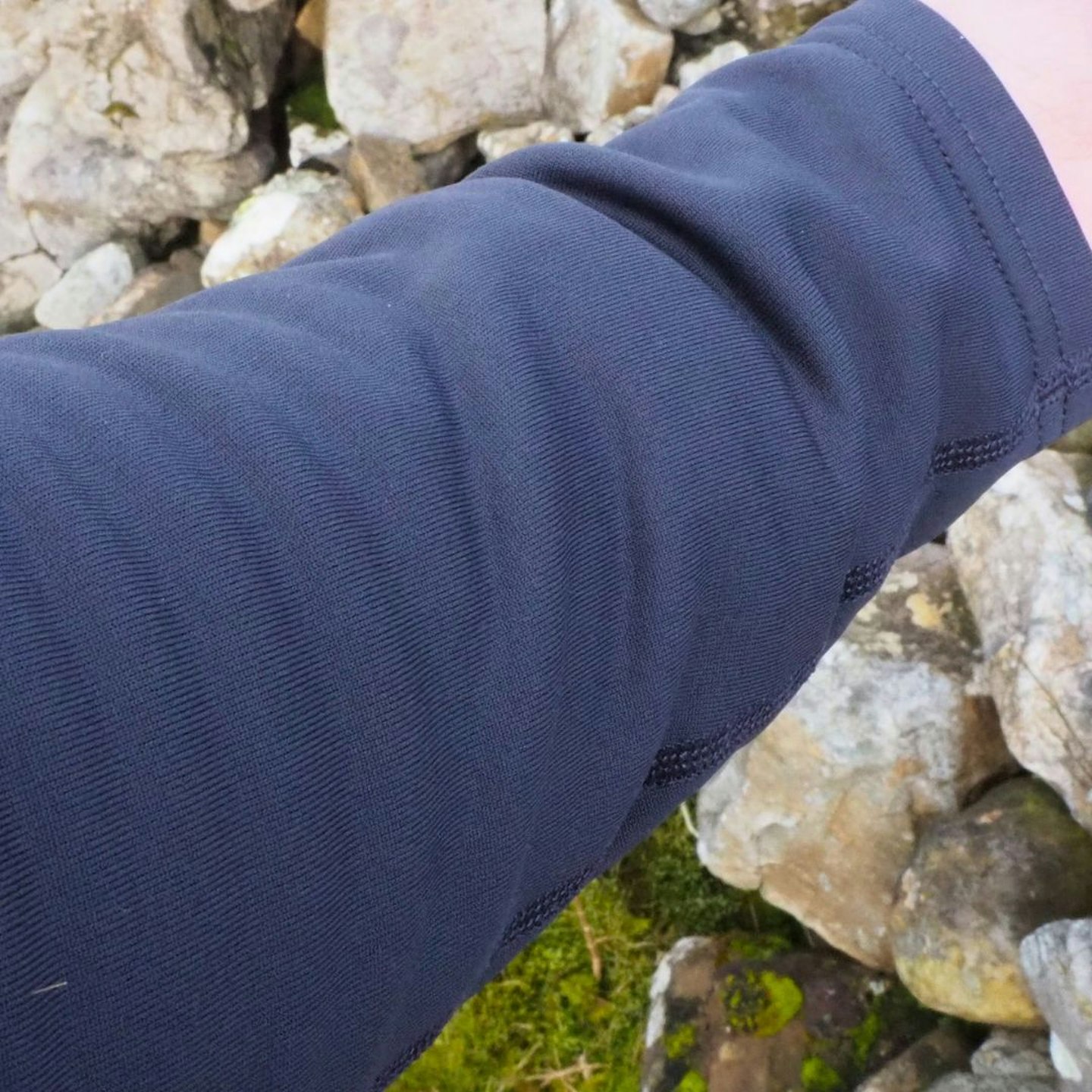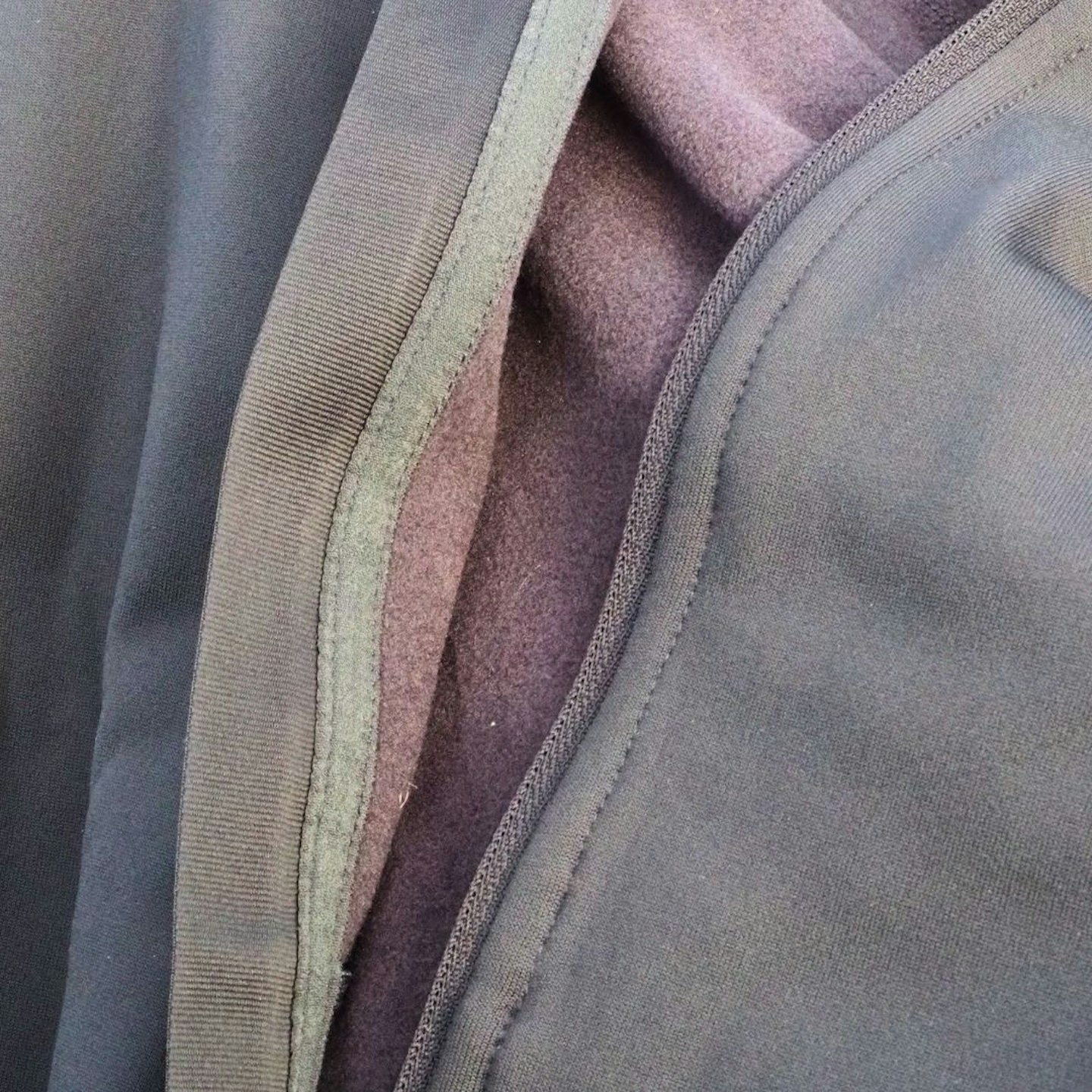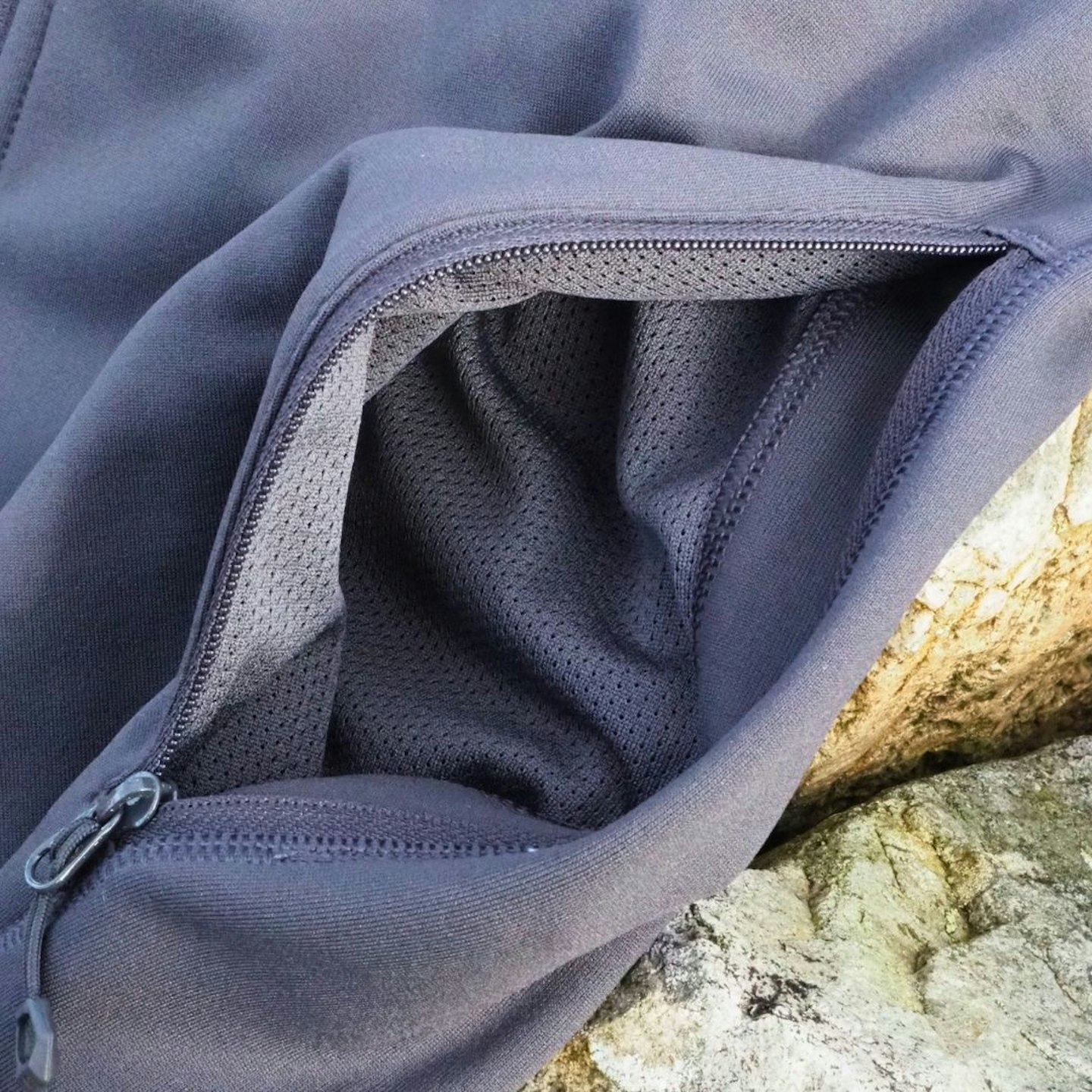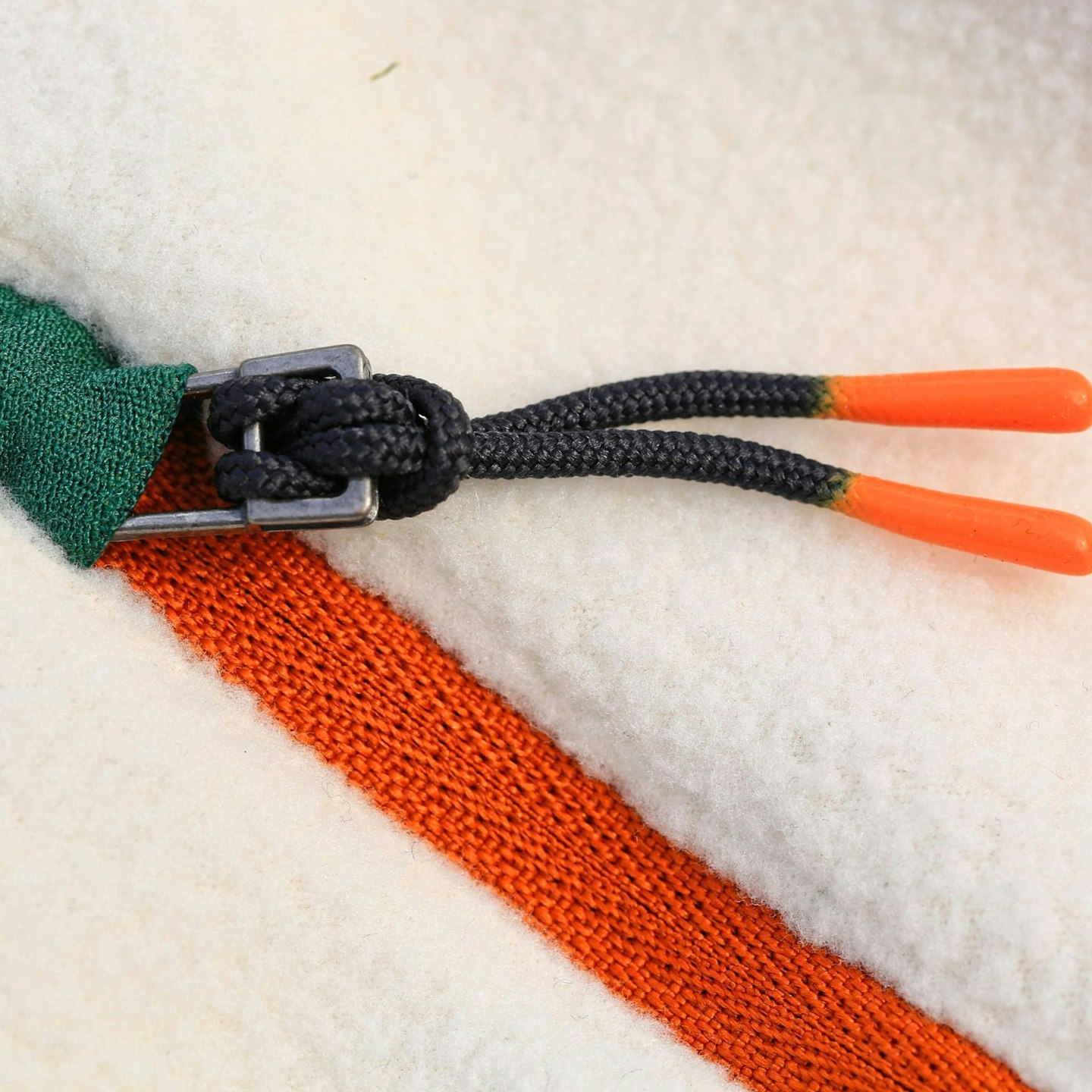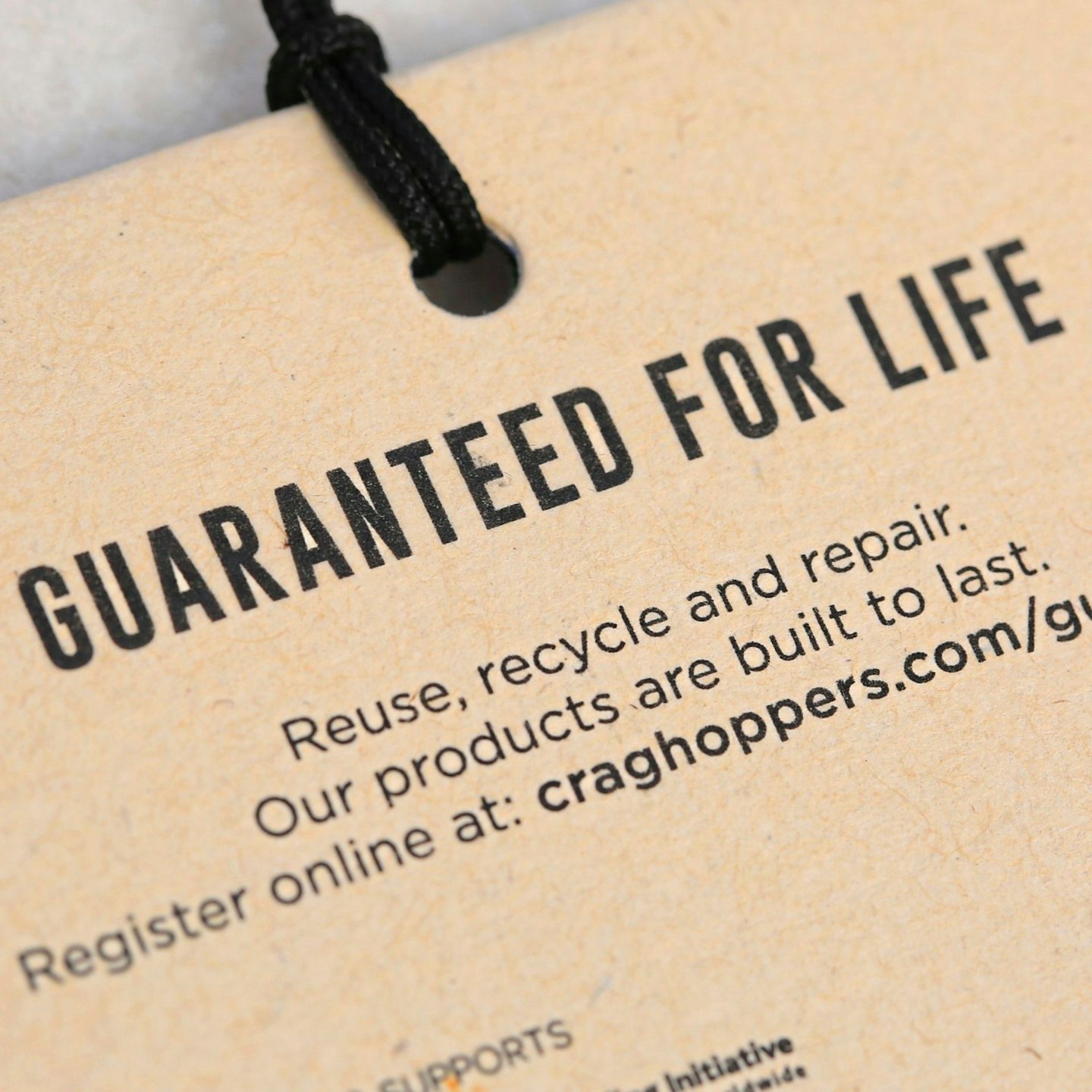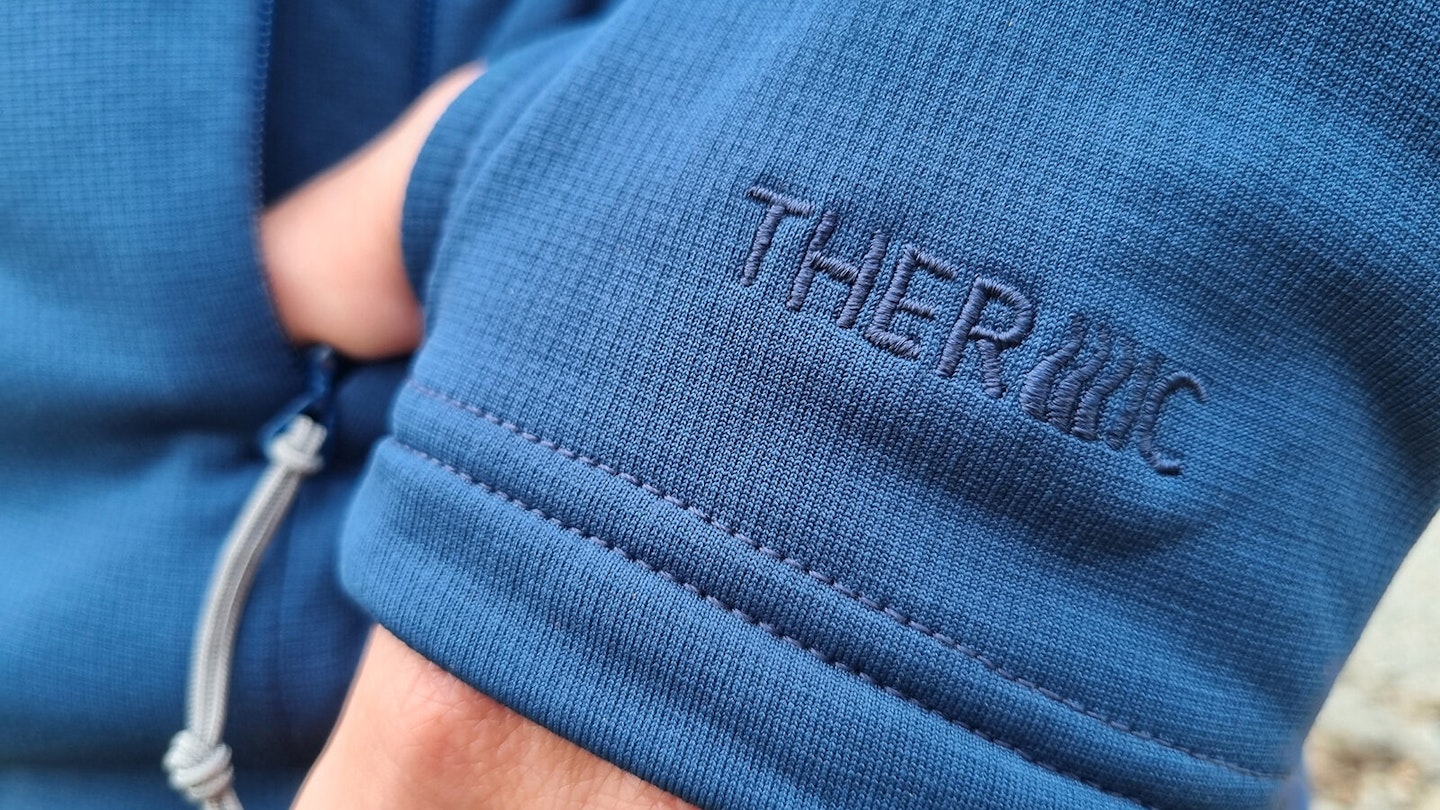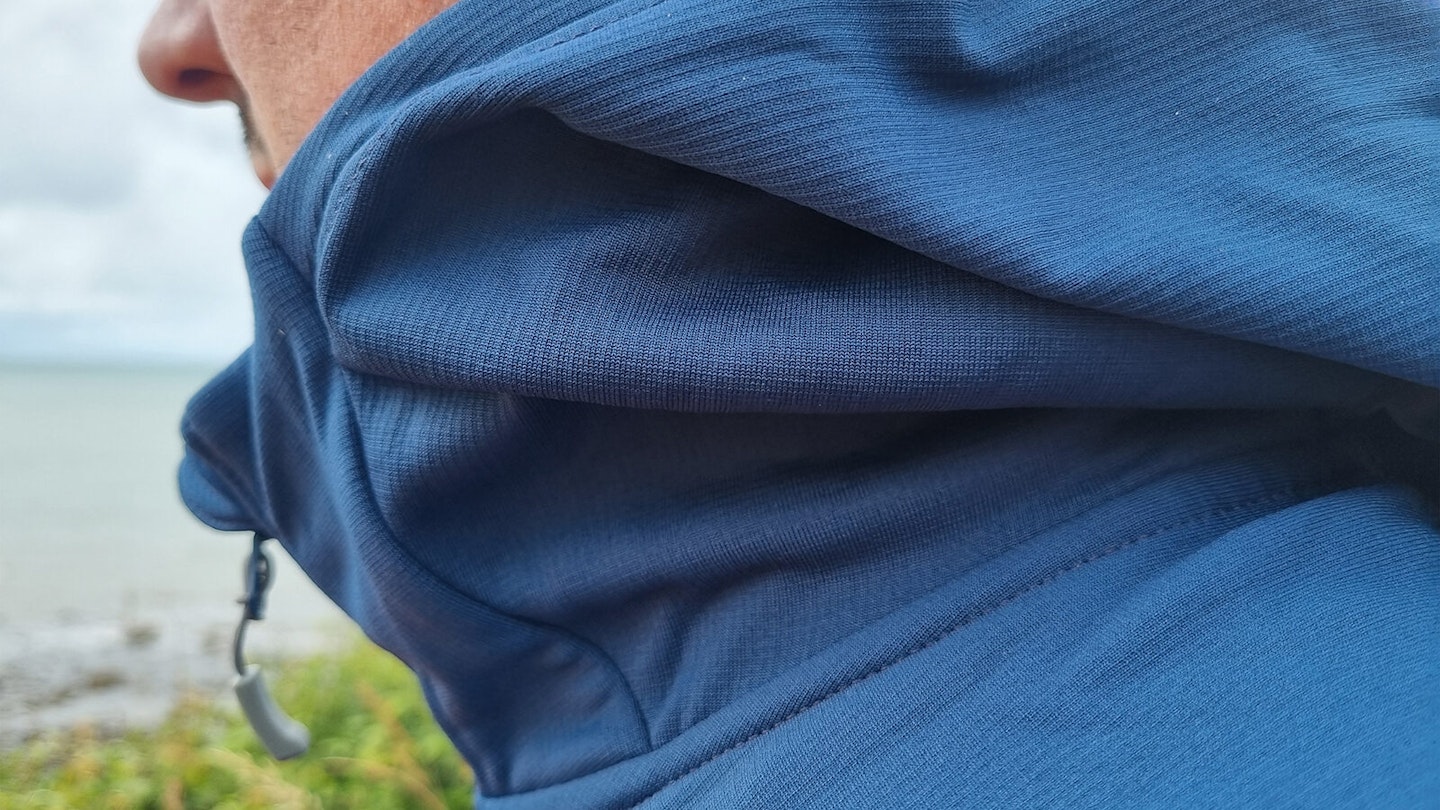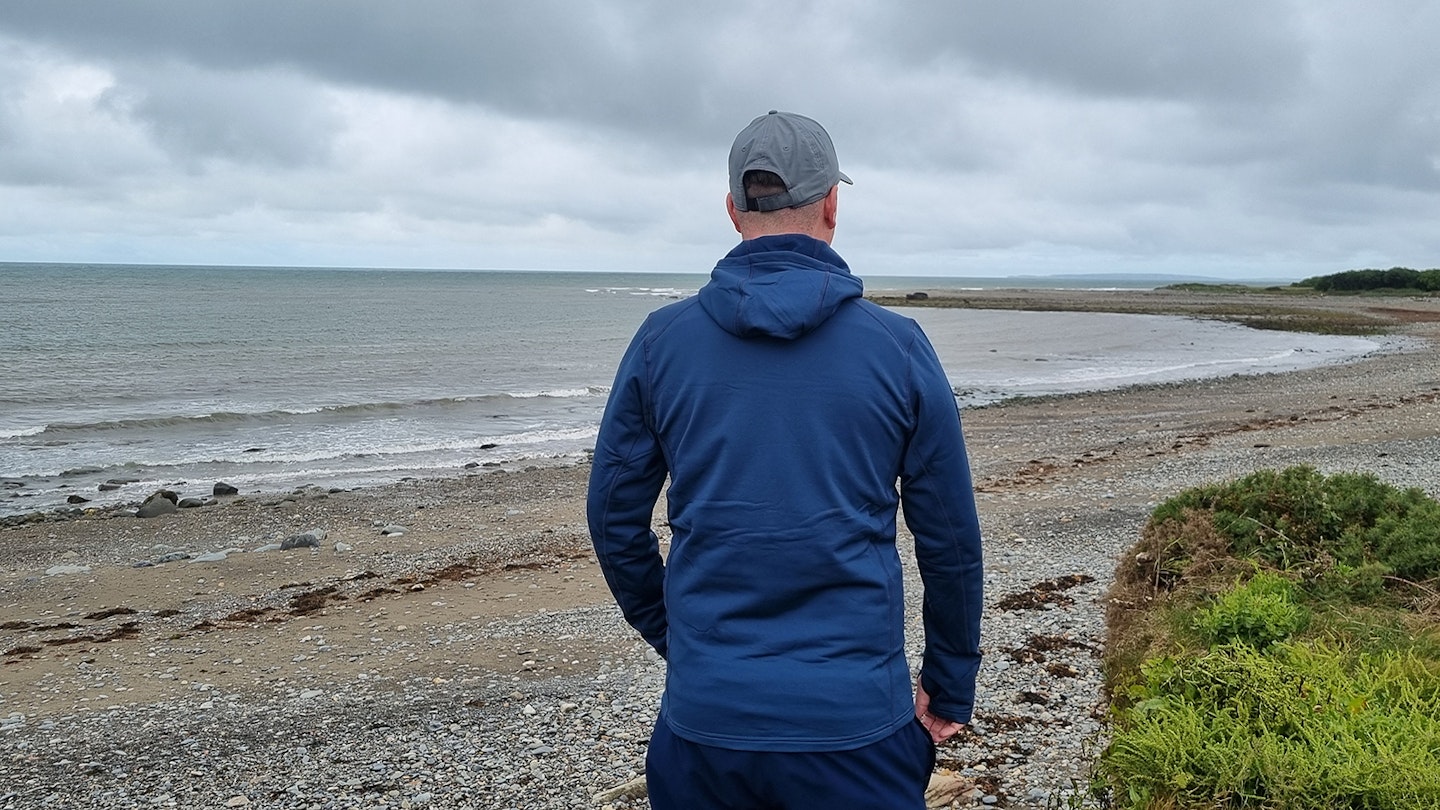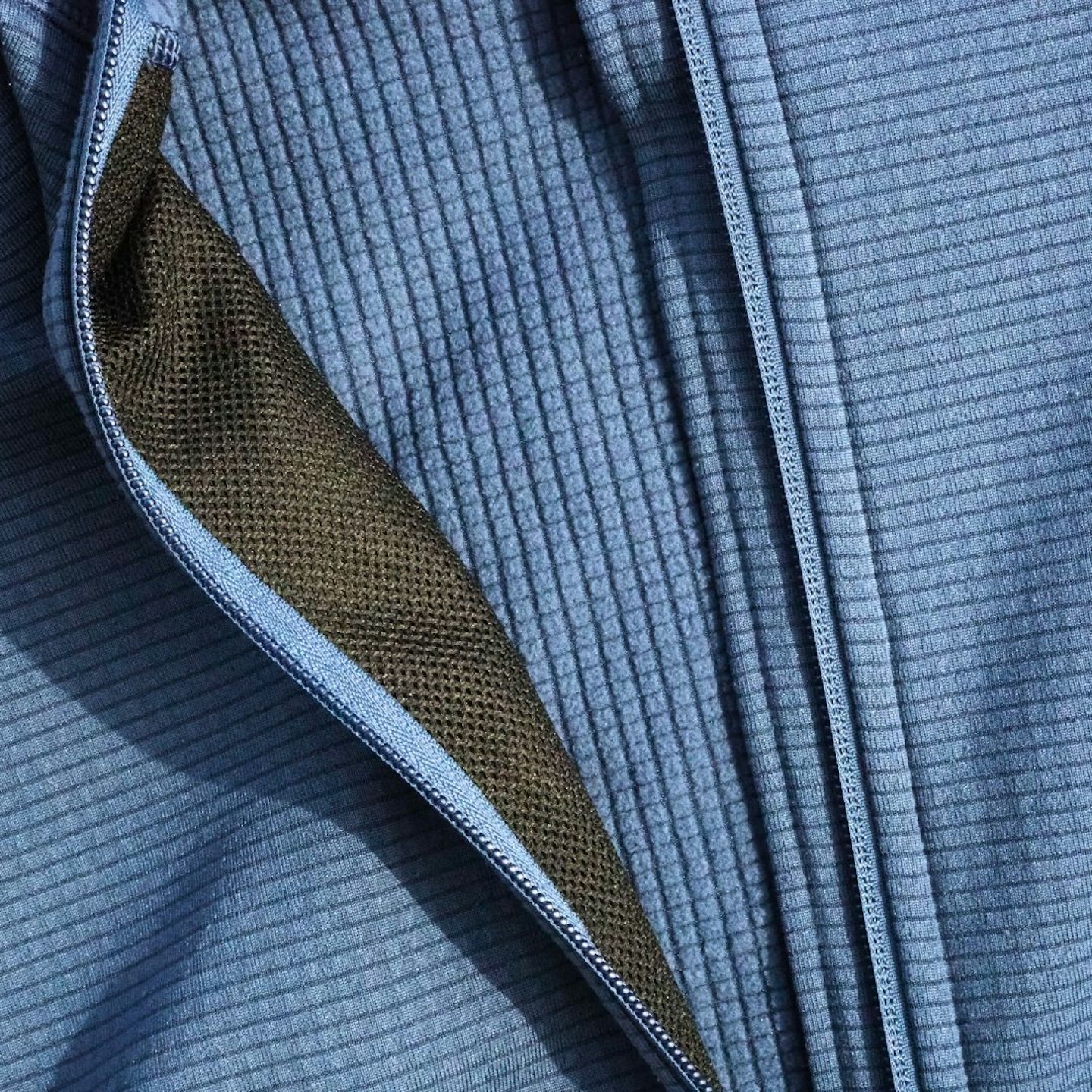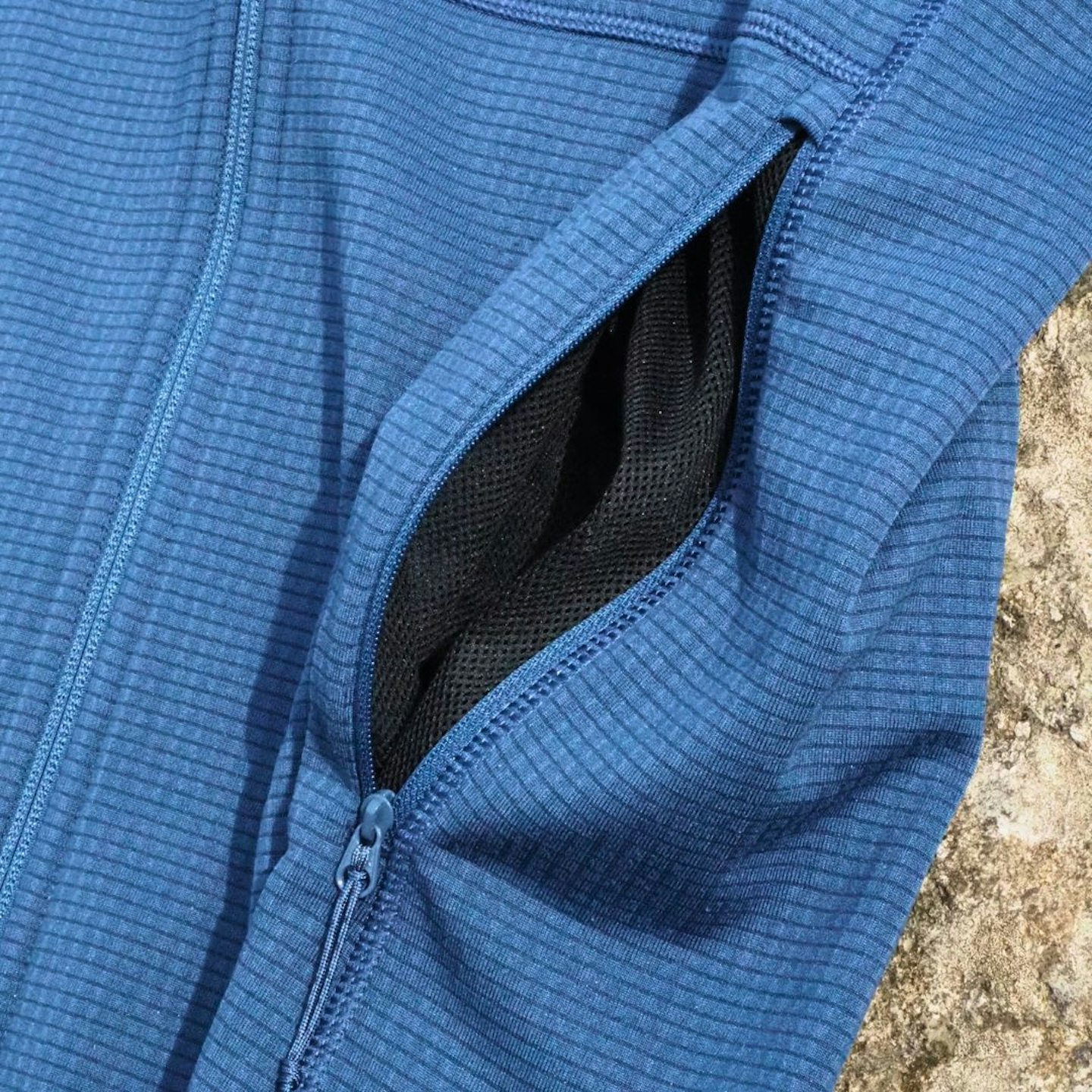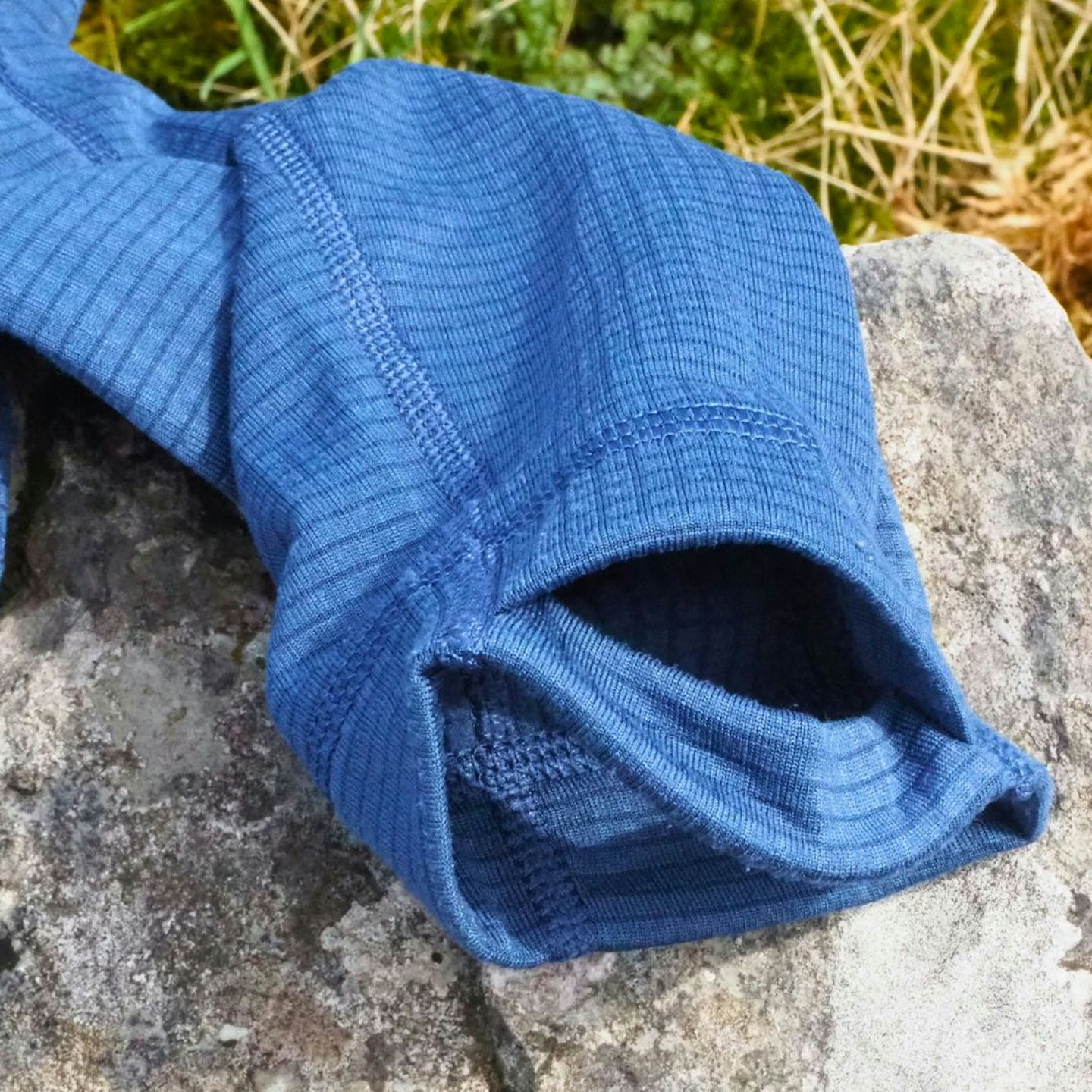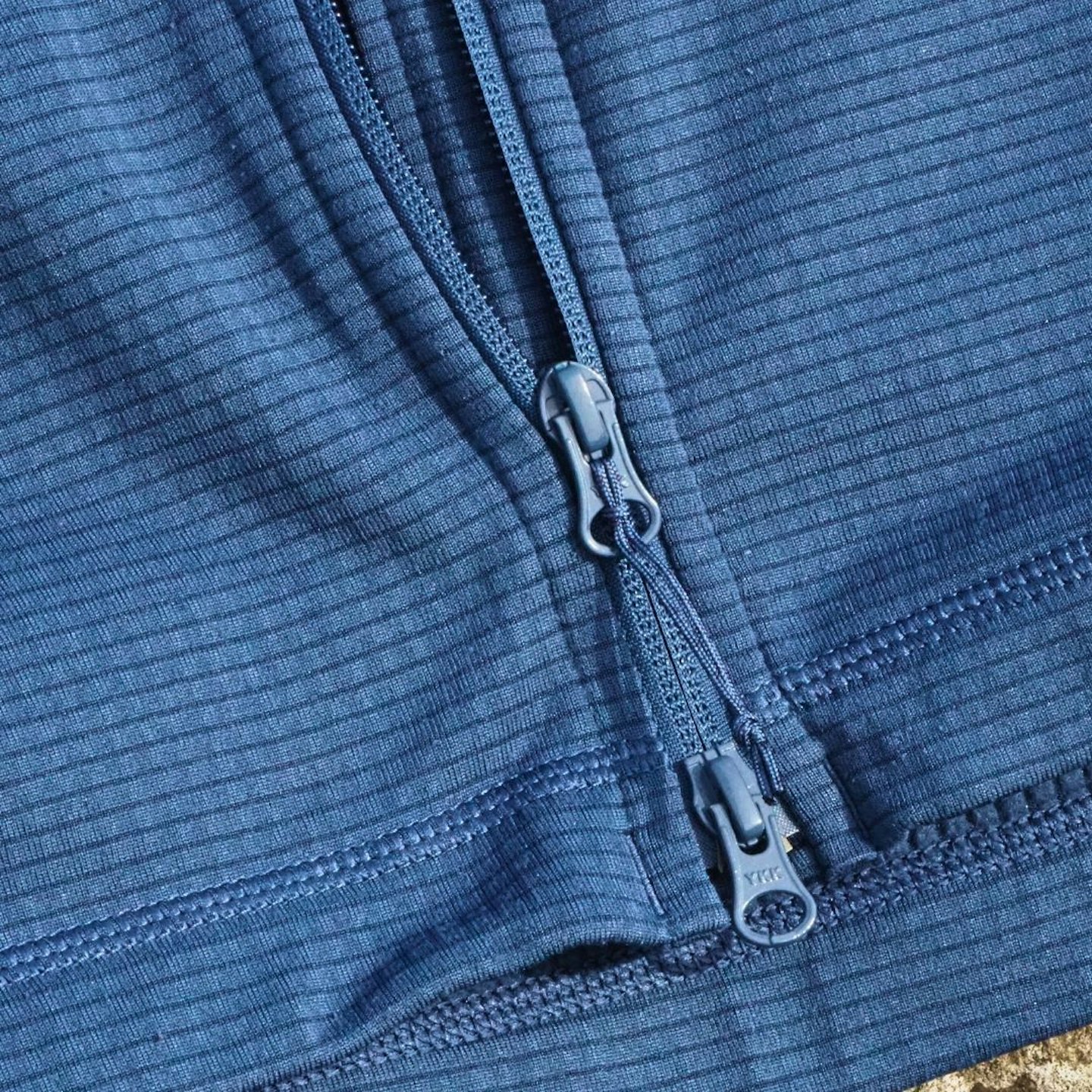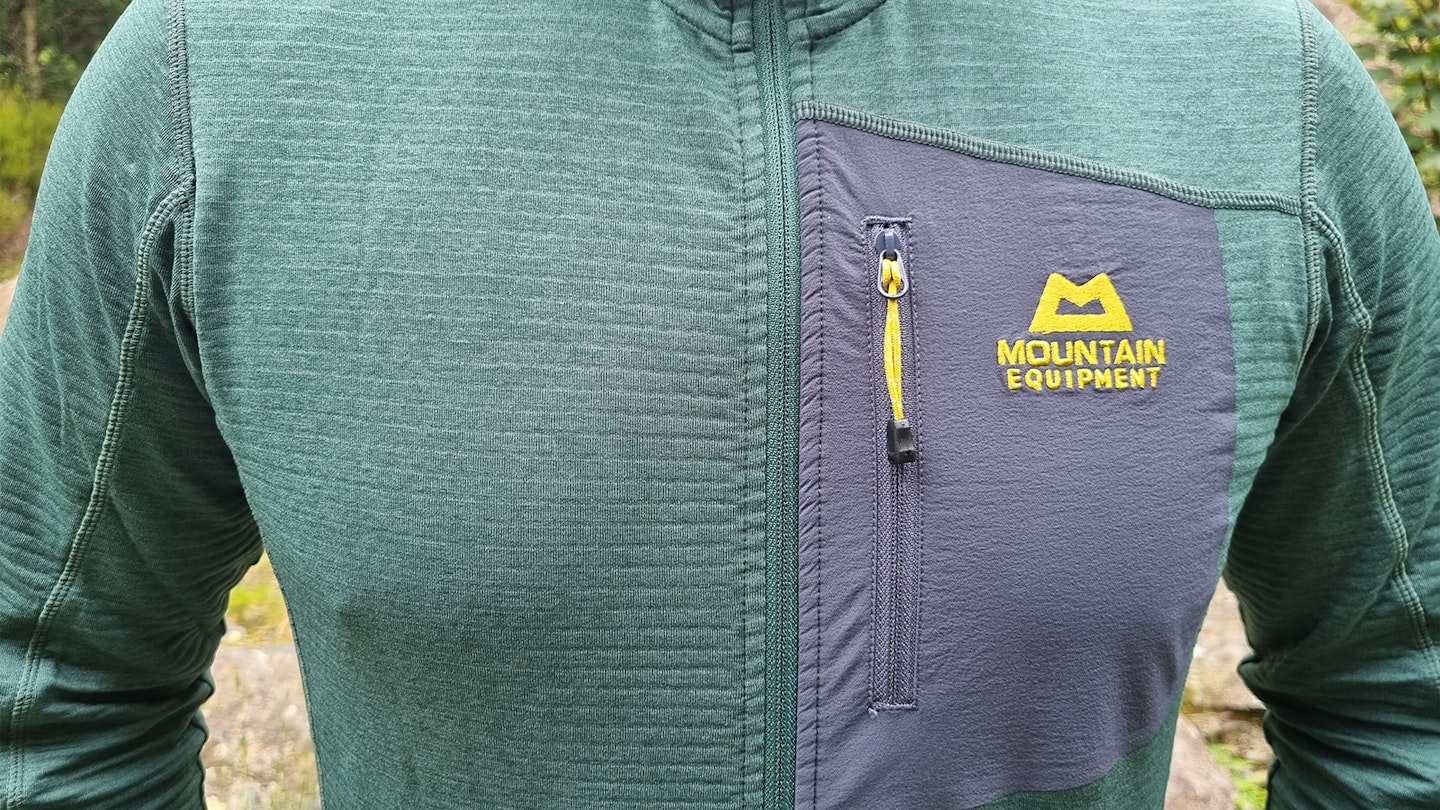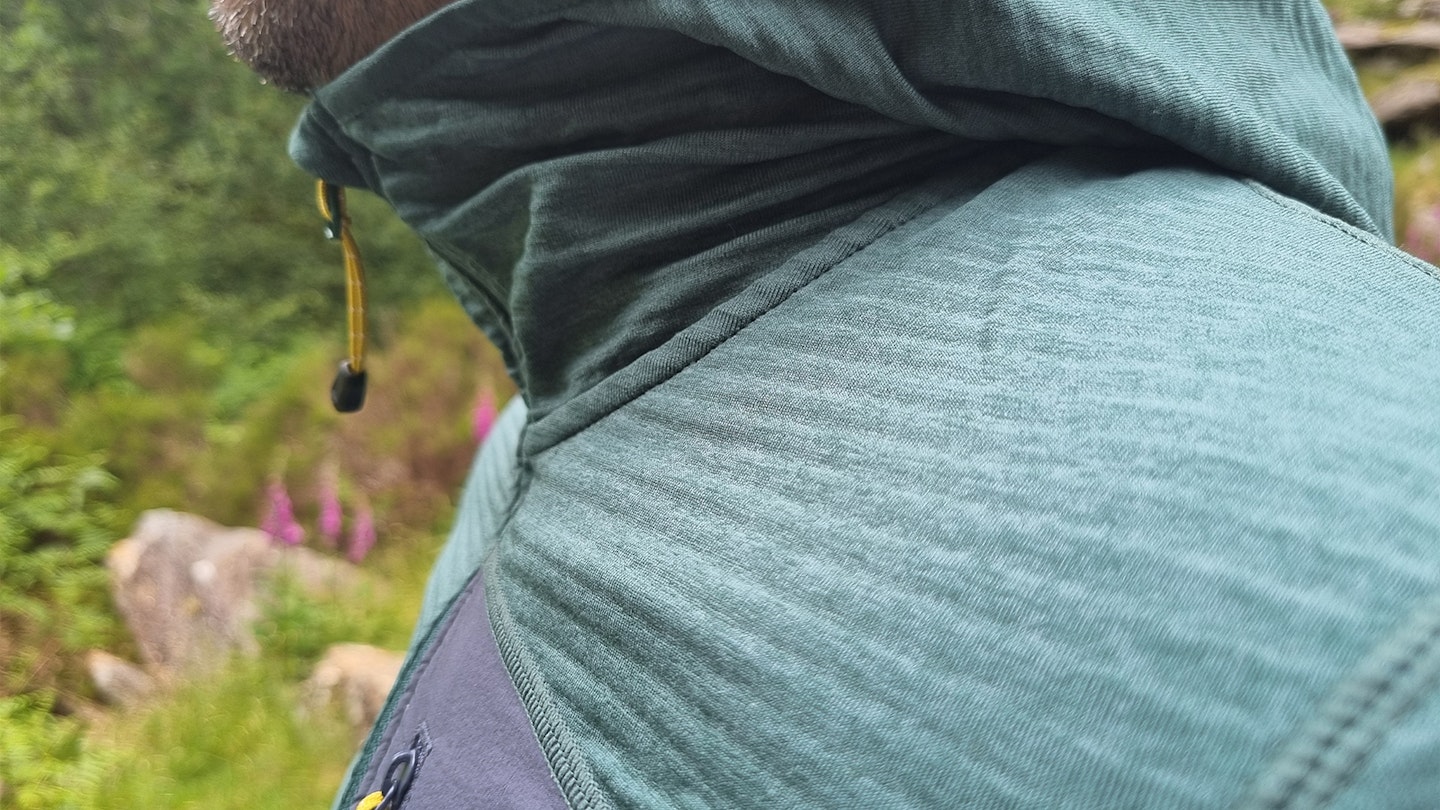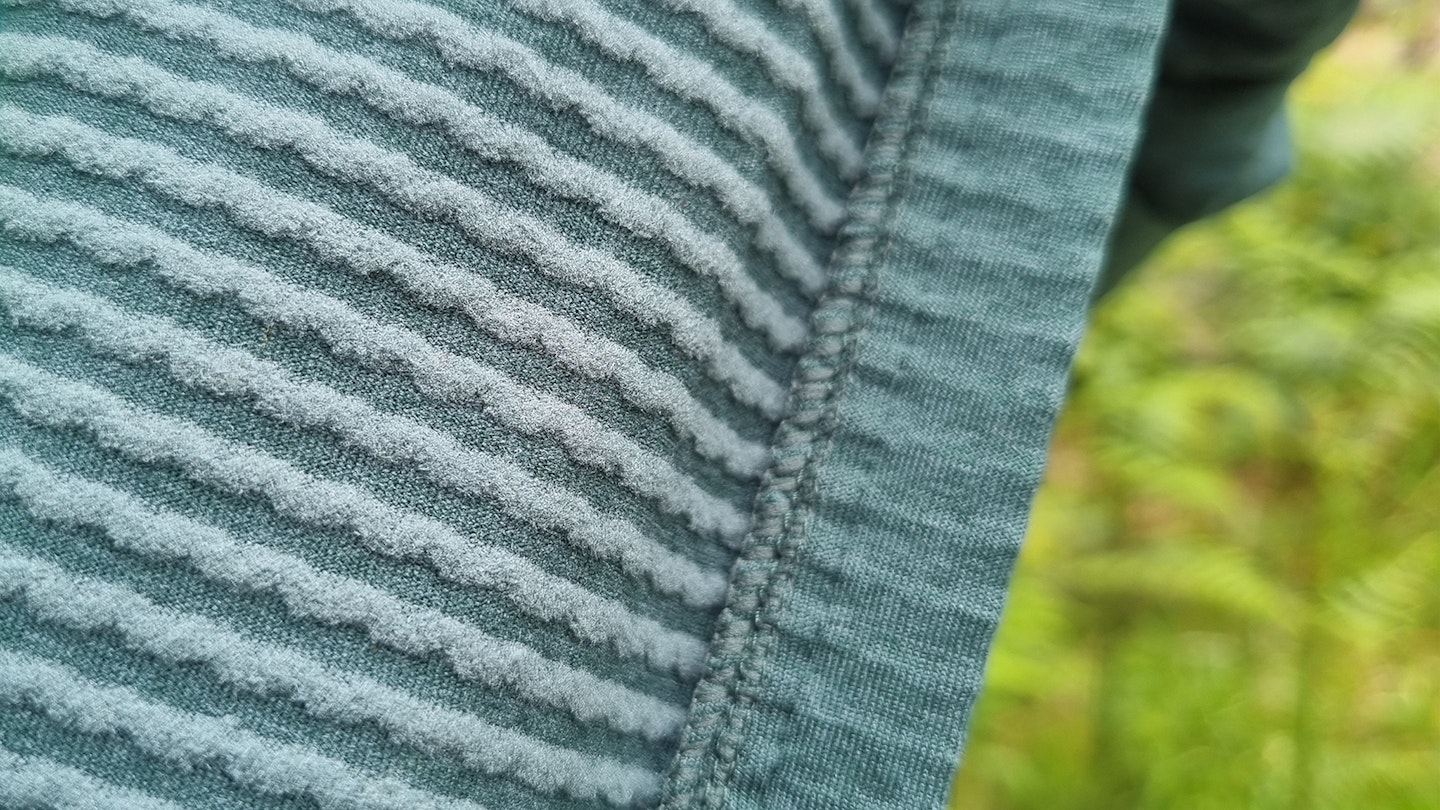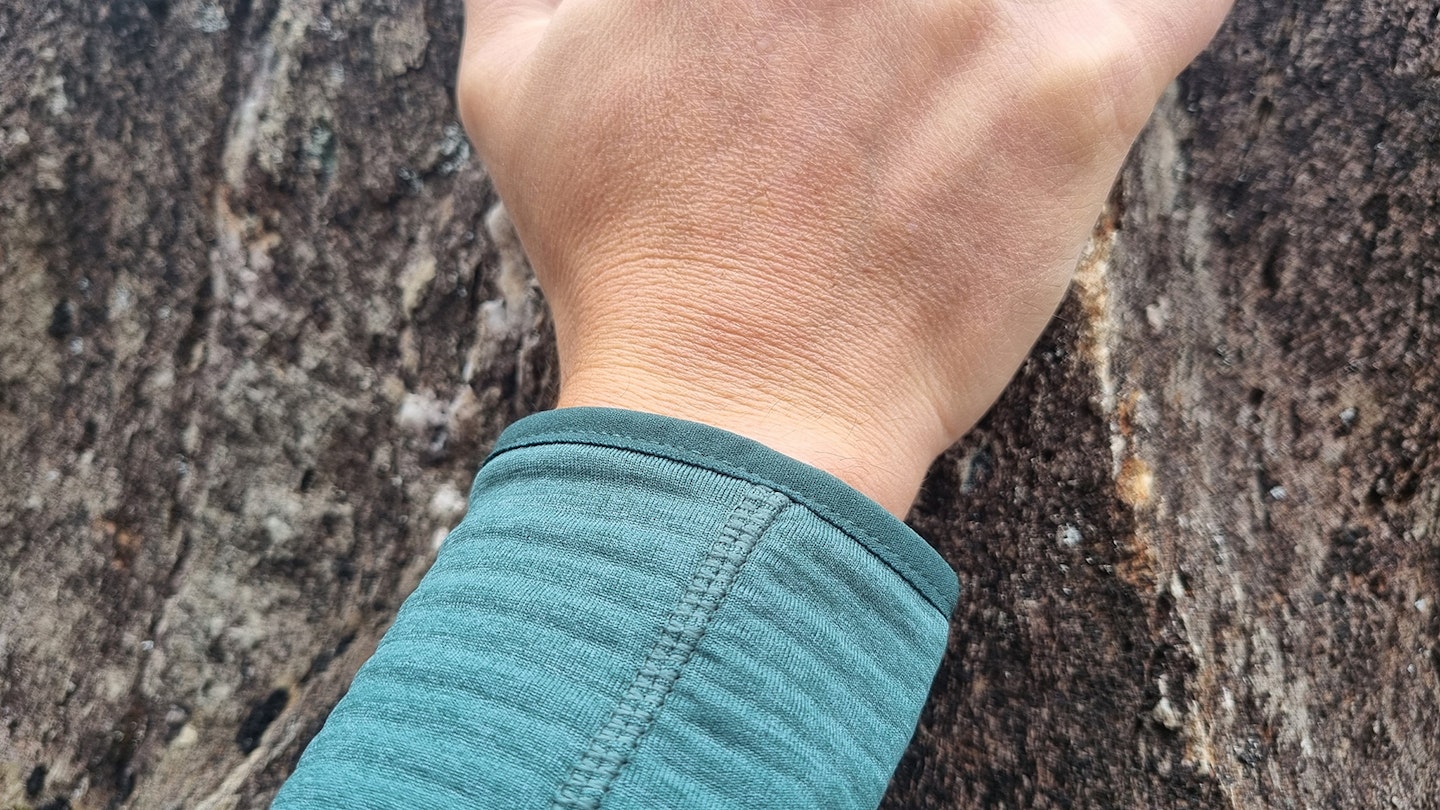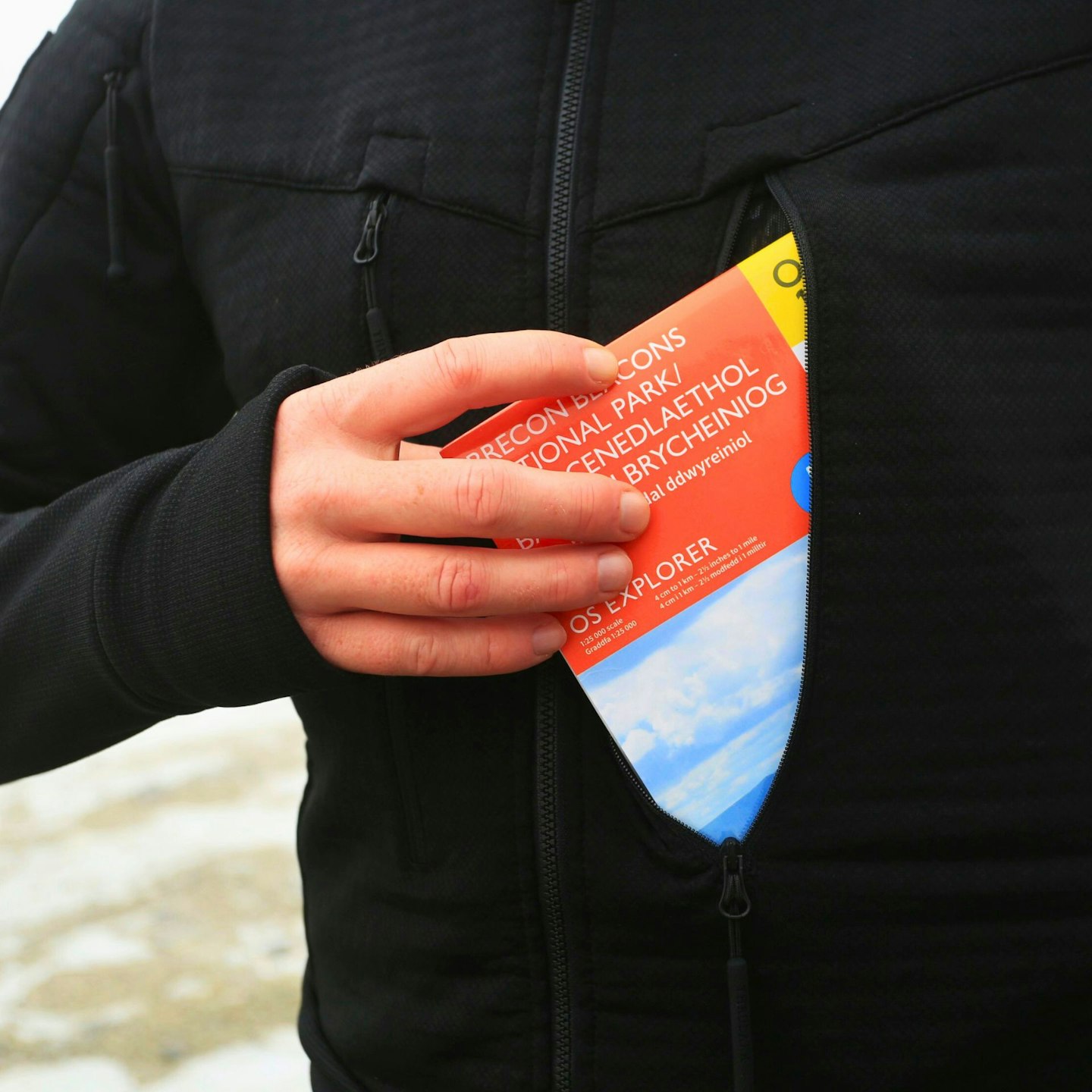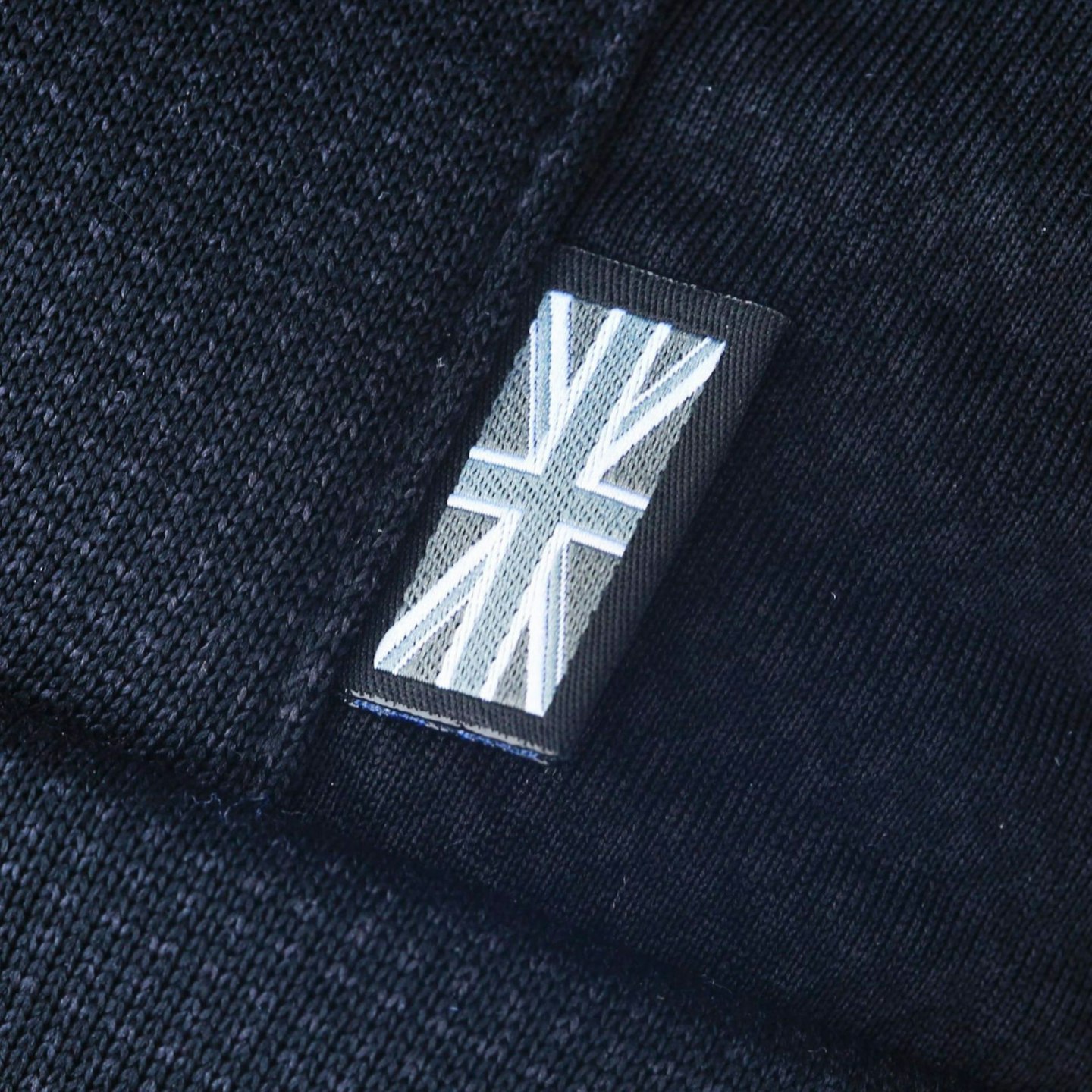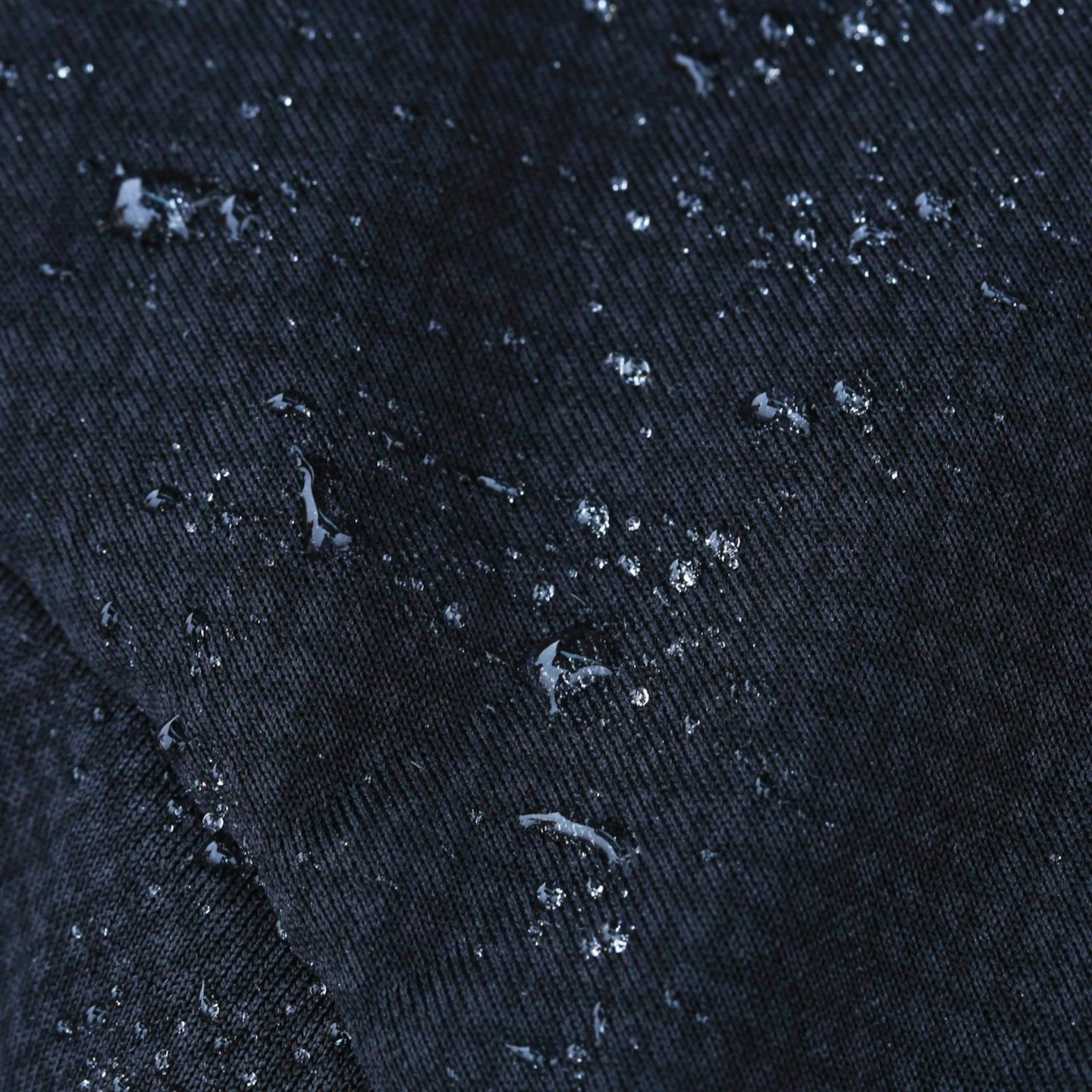When it comes to hiking jackets, especially mid layers, one fabric rules supreme: fleece. First developed in the late 1970s, this synthetic fabric was lighter and softer than wool. It's also much cheaper than down, and has a great warmth-to-weight ratio due to its large surface area trapping air against the skin.
Most hiking fleeces make a fantastic mid-layer option; cooler than insulated winter jackets, but warm enough - and breathable enough to keep you comfy on the uphills in colder weather.
We think having two or three in your hiking wardrobe is a good idea: a light one for summer breezes, a medium all-rounder and a deep pile one for cosy winter camping or layering under a waterproof jacket.
From lightweight, breathable gridded microfleece tops to uber-cosy, high-loft fleece hoodies, fleeces range from technical outerwear to an everyday wardrobe staple. Almost every outdoor apparel brand makes fleece jackets, which means there are hundreds of different options on the market today.
Plus, of the thousands of options, some brands do women's cuts far better than others, so we've dedicated our female testers to an entire separate group test: check out the best women's fleece jackets.
With an almost overwhelming choice out there, deciding which is best for you can prove difficult - especially as some are only differentiated by the price tag, or logo on the chest. Which is why here at LFTO, we've done the hard work for you, and have put many fleece jackets to the test over the years brining you a roundup of the best of the best for 2025.
Best fleece jackets of 2025 at a glance
Best in test: Patagonia R1 Air Full Zip Hoody
Highly rated: Montane Fury Lite Hooded Fleece Jacket
Highly rated: Rab Evolute Hoody
Best value for those on a budget: Craghoppers CO2 Renu Half Zip Fleece
How we tested the best fleece jackets

These fleece jackets were tested and reviewed by members of the LFTO team. We've been using and abusing fleeces for decades, and have gone though hundreds between us in our time - so we really know what separates the wheat from the chaff.
This article has contributions from all over the team – with the highest scoring jackets from Rob Slade, Ross Tugwood, and Fliss Freeborn. We've also had a few submissions from our wonderful gear editor, Ben Weeks, and resident rugged photographer Tom Bailey, who have been testing a huge variety of fleece jackets on a rolling basis over the colder months.
We take them up high into mountain terrain in all sorts of weather, as well as using them in and around campsites and for lower level walks.
Our decision making process on what makes the best fleece jackets takes into account warmth to weight ratios, fit, value, and style - and only the fleeces that balance all of those parameters in some way will make the roundup.
The following, then, includes a mix of our favourites: retro classics, uber-modern materials, and some windproof options for blustery days too.
Find out more about how we test gear.
Editor's note: This buying guide of the best fleece jackets was updated on 1 August, when we added three new reviews into the list and bumped some out that are no longer available.
Best fleece jackets reviewed:
If you could only take one technical fleece into the mountains, we’d pick this one. The R1 Air Full-Zip Hoody from Patagonia is lightweight, breathable, stretchy and warm without ever feeling bulky or restrictive. It's earned the top spot on our
It’s been our go-to layer for weeks of hiking, biking and general outdoor faffing, and it still hasn’t let us down (though it probably needs a wash).
The waffle-textured R1 Air fabric is made from 100% recycled polyester and does an excellent job of regulating temperature during high-output activities. It wicks well, dries fast, and feels soft against the skin, making it ideal for long days on the move.
It’s not windproof, but the breathability is outstanding—perfect for layering under a shell when conditions shift.
We loved the articulated fit, with sleeves that move naturally and a female-specific cut that manages to be flattering without sacrificing function. The hood fits neatly under a helmet, and the zipped chest and hand pockets stay accessible even with a harness or pack.
At just over 300g, it’s light enough for big days but still warm enough for chilly starts and summit stops. Yes, it’s on the pricey side, but the performance, ethics and sheer reliability make it an easy recommendation.
Read our full Patagonia R1 Air review or find the men's version here.
Pros
- Fair Trade Certified
- Good breathability and moisture wicking
- Looks lush
- Great for layering
- Crew and Hoody versions also
Cons
- Doesn't pack down as small as some other fleeces
| RRP: | £140/$179 |
| Fabric: | Bluesign-approved, recycled polyester |
| Sizes: | XS - XL |
| Weight: | 306g/10.8 oz (UK size small) |
If you're looking to stay warm – but not too warm – while hiking, then this fleece jacket is a solid option worth considering.
It has a PrimaLoft Evolve lining that's made out of fabrics of varying lengths and thicknesses. What does this mean? Well, in combination with the air-permeable outer fabric, the result is a decent amount of warmth yet high levels of breathability and ventilation (the latter is boosted by the mesh-lined pockets).
The Evolute Hoody proved reliable throughout several months of testing, saving us from having to add and remove layers too often. In short, the thermo-regulation is great, making it ideal for days when you're almost constantly on the move.
That all being said, other jackets in this list are warmer and this wouldn't be my first pick if I'm likely to be hanging around a lot. The outer fabric doesn't offer much wind resistance, either, while the cuffs fit a little looser than I'd have liked.
Ultimately, though, this is a truly fantastic technical fleece for hiking in changeable conditions.
See our full Rab Evolute Hoody review for more and find the women's version here.
Pros
- Impressive thermal regulation
- Super comfortable
- Decent pack size
Cons
- Loose wrist cuffs
| RRP: | £100 / $150 |
| Weight: | 333g / 11.7oz (size medium) |
| Fabric: | Outer: Moti Aero single jersey with odour control treatment (85gsm). Lining: PrimaLoft Evolve Active Insulation (75gsm) |
| Men's sizes: | S-XXL |
| Women's sizes: | 8-16 |
In our view, Montane has been one of the best producers of high-performing fleeces for some time and its Fury Lite Hooded Fleece Jacket is our current favourite.
It's simply everything you want from a fleece: warm yet breathable, durable, reasonably well priced, and comfortable.
We found the fit to be slim but the four-way stretch allows for excellent freedom of movement. The hem is quite short too, which is beneficial for scrambling and climbing.
The Fury Lite Hooded Fleece Jacket is made from Montane's Thermo Stretch material, which is a soft, fleecy polyester lining paired to a tough nylon face material.
It's excellent to wear and is highly breathable for more strenuous outings. It's not great as an insulating layer for when you're idle but that's not what the Fury Lite Hooded Fleece Jacket is designed for.
In terms of sustainability, the Fury Lite Fleece uses recycled polyester and Montane is a Fair Wear Foundation member, and offers a repair service for its gear.
Pros
- Well-priced
- Athletic fit with four-way stretch
- Good breathability
- Durable
- Non-hooded version also available
Cons
- Not very wind resistant
- Some might want a longer hem
| RRP: | £100 / $130 |
| Fabric: | Thermo Stretch (50% recycled polyester, 42% nylon, 8% elastane) |
| Men's sizes: | S - 2XL |
| Women's sizes: | 8 - 18 |
| Weight: | 310g / 10.9oz |
Craghoppers is a staple outdoor brand for many, but you wouldn’t necessarily consider it to be at the cutting edge of industry innovation.
Before we get into what makes this Craghoppers fleece an exception, we want to say that our testing of it proved it to be a very reliable, comfortable, ‘classic’ style fleece that works well in a range of scenarios, from hiking to everyday use.
The CO2 Renu Fleece is partially made (30%) from Bio3 carbon smart polyester. This polyester is made from captured CO2 emissions from a steel mill in China and converted into ethanol. The ethanol is converted into the chemicals needed to make polyester fibres, which are then spun into fabric.
The remaining 70% of the fabric is made from recycled polyester, while the labels and zip-tape are all 100% recycled materials. To reduce waste, Craghoppers designed the CO2 Renu Fleece using a 3D design programme, which reduced the need for prototypes. By changing the construction of the fleece to lapped seams it has also been able to minimise material waste in the production process too.
There are men’s and women’s versions, with half and full zip models of each. In all, this is a good, reliable fleece at an excellent price, and one that breaks new ground in the sustainability of hiking apparel.
Read our full Craghoppers CO2 Renu review or find the women's version here.
Pros
- Well-priced
- Sustainable innovation
- Full zip option available
Cons
- Not a 'technical' fleece for more arduous adventures
| RRP: | £85 |
| Fabric: | 100% polyester (70% recycled, 30% Bio3 carbon smart polyester) |
| Men's sizes: | S - 2XL |
| Women's sizes: | 8 - 20 |
| Weight: | 305g / 10.8oz |
If you’re after warmth, comfort and all-round reliability, the Rab Superflux Hoody is an easy pick. We wore this through a classic British spring – blustery coast walks, cool hill days, and the odd downpour – and it held its own impressively well. While it’s not the lightest fleece on the market, it delivers real adventure-ready performance with enough everyday versatility to earn its keep year-round.
The standout here is warmth-to-weight ratio. Rab’s Thermic fleece traps heat without piling on bulk, and we found it genuinely cosy down to around 10°C with just a baselayer underneath.
It shrugs off wind surprisingly well for a non-windproof piece, dries fast after light rain, and stretches just enough to keep up on technical terrain without feeling baggy or clingy.
Comfort is where the Superflux really excels. The brushed interior feels plush against the skin, the hood and collar combo seals in warmth without faff, and the roomy cut fits true to size.
We especially liked the subtle but useful extras: low-profile thumb loops, a dropped hem for coverage, and three zipped pockets that balance warmth with ventilation (just don’t expect mega breathability overall).
It’s not the cheapest fleece out there, but the level of comfort, performance and polish make it a worthy investment – especially if you're the kind of person who needs one fleece to do it all.
Read our full Rab Superflux Hoody review or find the women's version here.
Pros
- Excellent warmth to weight ratio
- Very comfortable and cozy fit
- Eye-catching yet understated looks
- Good choice of colours
Cons
- Not the most breathable option out there
| RRP: | £100 / $150 |
| Weight: | 444g / 15.7oz (UK size medium) |
| Fabric: | Thermic (215 gsm) soft stretch recycled polyester fleece |
| Men's sizes: | S-XXL (UK) |
| Men's colours: | Army, black, olive, graphene, summit red, tempest blue |
| Women's sizes: | 8-16 (UK) |
| Women's colours: | Citadel, green slate, summit red, tempest blue |
Fjallraven isn't really about fast and light hiking. It's more about leisurely trekking, and produces gear that is designed with comfort and quality in mind.
The Abisko Lite Fleece, despite having 'Lite' in its name, is certainly a trekker's fleece. It's durable, breathable and very comfortable, if not a tad pricey as Fjallraven gear tends to be.
The inner fabric is in a gridded pattern to help maintain warmth, while the outer face is a smoother texture.
Unlike the other options here, the Abisko Lite Fleece also has a two-way zip. We also like the thumb loop design, which hides away completely inside the cuff for those who don't like them (like us).
Fjallraven makes the Abisko Lite Fleece in lots of colours for both the men's and women's versions.
Pros
- Comfy
- Stylish with many colour options
- Two-way zip
- Very well made
- Half and full length versions
Cons
- Relatively pricey
| RRP: | £135 / $130 |
| Fabric | Recycled polyester |
| Men's sizes | S - 2XL |
| Women's sizes | 2XS - XL |
| Weight | 365g / 12.9oz |
With its roots set firmly in mountain sports, it's perhaps no surprise this Black Diamond fleece excels in alpine and climbing settings.
It carries quite a premium price, particularly for the lightweight, no-fuss design, which about the only thing we don't like about the Coefficient Storm. Happily, however, it makes up for it somewhat in performance.
It's made from a partially recycled stretch fleece, which hugged us in a brilliantly comfy slim fit that allows for freedom of movement. It feels very athletic and light to wear.
Despite its lightweight construction we were also surprised how warm and weather resistance it is. The grid-shaped backing is the reason for the former, while a PFC-free DWR helps keep light precipitation at bay.
So, it's minimalist yet pricey, which can be hard to justify but we were seriously impressed with the Coefficient Storm Hoody's fit, comfort, and versatile performance.
Read our full Black Diamond Coefficient Storm review or find the women's version here.
Pros
- Highly breathable
- Reasonably weather resistant
- Athletic and unrestrictive
- A great layering piece
Cons
- Relatively pricey for a fleece
- Not as warm as thicker fleeces
- Still not as windproof as a softshell
| RRP: | £130 / $180 |
| Fabric: | Bluesign-approved Stretch Grid Back Fleece (69% recycled polyester, 23% polyester, 8% elastane) w/ PFC-free DWR |
| Men's sizes: | XS - XL |
| Women's sizes: | XS - XL |
| Weight: | 359g / 12.7oz (men's M) |
Although fleeces are incredibly popular, there are alternatives for those wanting some enhanced performance or prefer natural fibres.
We're big fans of innovation and American outdoor clothing brand Artilect has an obcessive, scientific approach to hiking gear, producing some of the best technical clothing we've tested, many of which use merino.
The Artilect Quandary jacket is a merino-nylon blend, which we found is fantastically adaptable. The merino is 220gsm Nuyarn, which is a clever spinning technique that enhances the merino's natural properties.
It's lightweight but regulates temperature very effectively, even in colder conditions. It still performs when wet, too.
But crucially, one of the things we like most about Nuyarn and this jacket is its durability. Some people are critical of merino for being expensive and not especially tough but Nuyan is durable.
For us, the jacket pilled quite quickly when wearing a pack but we've found that on a lot of high quality jackets and fleeces before. It's not a sign of bad quality.
Pros
- Lightweight
- Stretchy athletic fit
- Versatile
- Durable for merino
- Naturally anti-odour
Cons
- Fleeces offer better value for money
| RRP: | £190 / $230 |
| Fabric | 220gsm Nuyarn fleece (78% merino, 22% nylon) |
| Men's sizes | S - 2XL |
| Women's sizes | XS - XL |
| Weight | 250g / 8.8oz |
 LFTO
LFTOmontane.com
If you want a fleece that punches above its weight on warmth while also being kind to the planet, the Montane Protium Hooded Fleece Jacket delivers on both fronts.
With over 90% recycled content and a classic grid fleece construction, it’s become a go-to for cooler-weather hillwalking, campsite lounging, and year-round layering.
We’ve worn this as a mid-layer under a shell on frosty hikes and as a solo layer on breezy summer evenings – and it always hits that sweet spot between insulation and packability. At 390g for a men’s medium, it’s impressively light for how warm it feels, and it compresses down to something smaller than a Nalgene bottle, especially when stuffed into its own hood.
The fit is athletic but not restrictive, with enough stretch to handle scrambling and steep climbs. The sleeves came up slightly long on us, but the cut will suit most bodies well – especially if you’re layering under a waterproof. The hood fits snug under a helmet, and a neck baffle adds bonus wind protection.
With cosy, fleece-lined hand pockets, smooth recycled YKK zips, and a brushed Thermo-Grid interior that feels lovely next to skin, this fleece is built for practical comfort. It can run warm if you’re powering uphill in double digits, but for chilly starts and shoulder-season hikes, it’s spot on.
Read our full Montane Protium review or find the women's version here.
Pros
- Reasonably priced for the level of perfomance
- Sustainable innovation
- Very warm while staying lightweight
Cons
- Can be too warm for those who run hot
| RRP: | £85 / $110 |
| Fabric: | 93% Polyester (recycled), 7% Elastane |
| Men's sizes: | S - 3XL |
| Women's sizes: | 8 - 20 |
| Weight: | 390g (13.8 oz) |
There’s a lot to like about the Lumiko Hooded Jacket, especially if you value versatility and movement over brute warmth. It’s an ultra-light, stretch fleece that can slot into your layering system almost anywhere – base layer, mid-layer, or standalone top – depending on the day’s pace and temperature.
We’ve tested it in varied mountain conditions and found it genuinely earns its reputation as Mountain Equipment’s most adaptable fleece.
The feel is soft and comfortable against bare skin, with flat seams and a brushed back that minimises chafing. It moves exceptionally well thanks to the 7% elastane content, and the slim ribbed fabric dries fast and packs down small – great when you’re on the go.
Breathability is a real strong suit too, though that comes at the expense of serious insulation, so it’s not the one for wintry summit stops. One thing to flag is the fit: it’s form-fitting, particularly through the torso, and runs a bit small.
If you’re between sizes or prefer a looser cut, we’d recommend sizing up. The hood is neat and unobtrusive, and while you only get one zipped chest pocket, the whole design sits nicely under a harness or pack.
With 93% recycled fabric and a decent price tag, the Lumiko is a solid choice for active users who run hot, move fast, or want a fleece that won’t get in the way.
Read our full Mountain Equipment Lumiko review or find the women's version here.
Pros
- Lightweight and ultra-packable
- Highly stretchable for maximum range of movement
- Soft and comfortable next-to-skin
- Versatile design with good choice of colours
Cons
- Active fit may not suit all
| RRP: | £80 / $120 |
| Weight: | 270g / 9.5oz (Size UK medium) |
| Fabric: | 93% recycled polyester, 7% elastane |
| Men's sizes: | S-XXL (UK) |
| Men's colours: | Fern, vine, admiral, ombre, merlot |
| Women's sizes: | 8-16 (UK) |
| Women's colours: | Amethyst, rhubarb, hibiscus, lichen green |
The Thrudark Centurion, which has won a Polartec Apex Award for its clever combined use of fabrics, is the result of 30-odd years of Polartec evolutionary design.
Even with a cursory glance there’s absolutely no mistaking this for a ‘car boot sale’ fleece (you know what we’re talking about). Part of the reason for that is the distinctive military silhouette – exactly the sort of athletic and slightly menacing cut you might expect from a brand founded by former special forces operatives.
To be frank, we find that pseudo military vibe a bit cringy, and there isn’t even a women’s version of the Centurion. However, a close look and testing from us reveals there’s more to this jacket than a stylish and technical design; the real magic is in the fabric.
We found Polartec’s Power Air fabric, which is used across the torso front and back, and over the upper arms and shoulders, makes the Centurion a warm midlayer even when the temperature drops below 0°C. Moreover, it’s less prone to shedding microfibres than conventional fabrics, helping to reduce its impact on the environment.
We liked the sturdy construction of the Centurion, the thoughtful design touches including surprisingly handy shoulder pockets, and its comfort (the chunky thumb loops are unusually comfortable, and the design of the hood means that even when it’s down, the collar remains raised and highly protective).
This means that although this is a pricey fleece, you’re getting bang for that buck.
Pros
- Warm
- Technical
- Comfortable thumb loops
- Tough
- PFC-free DWR
Cons
- No women's version
| RRP: | £260 / $338 |
| Fabric: | Polartec Power Air, Polartec Power Stretch, Polartec Hardface w/ PFC-free DWR |
| Men's sizes: | XS - 3XL |
| Women's sizes: | N/A |
| Weight: | 550g / 1lb 3.4oz |
Best of the rest
With so many great fleeces on test, not every favourite could make our top picks – but that doesn’t mean they’re not worth your attention. In fact, many of these “best of the rest” options are lower in stock, often discounted, and still offer brilliant performance for the right user.
If none of the products above quite fit the bill, these honourable mentions might be exactly what you’re after.
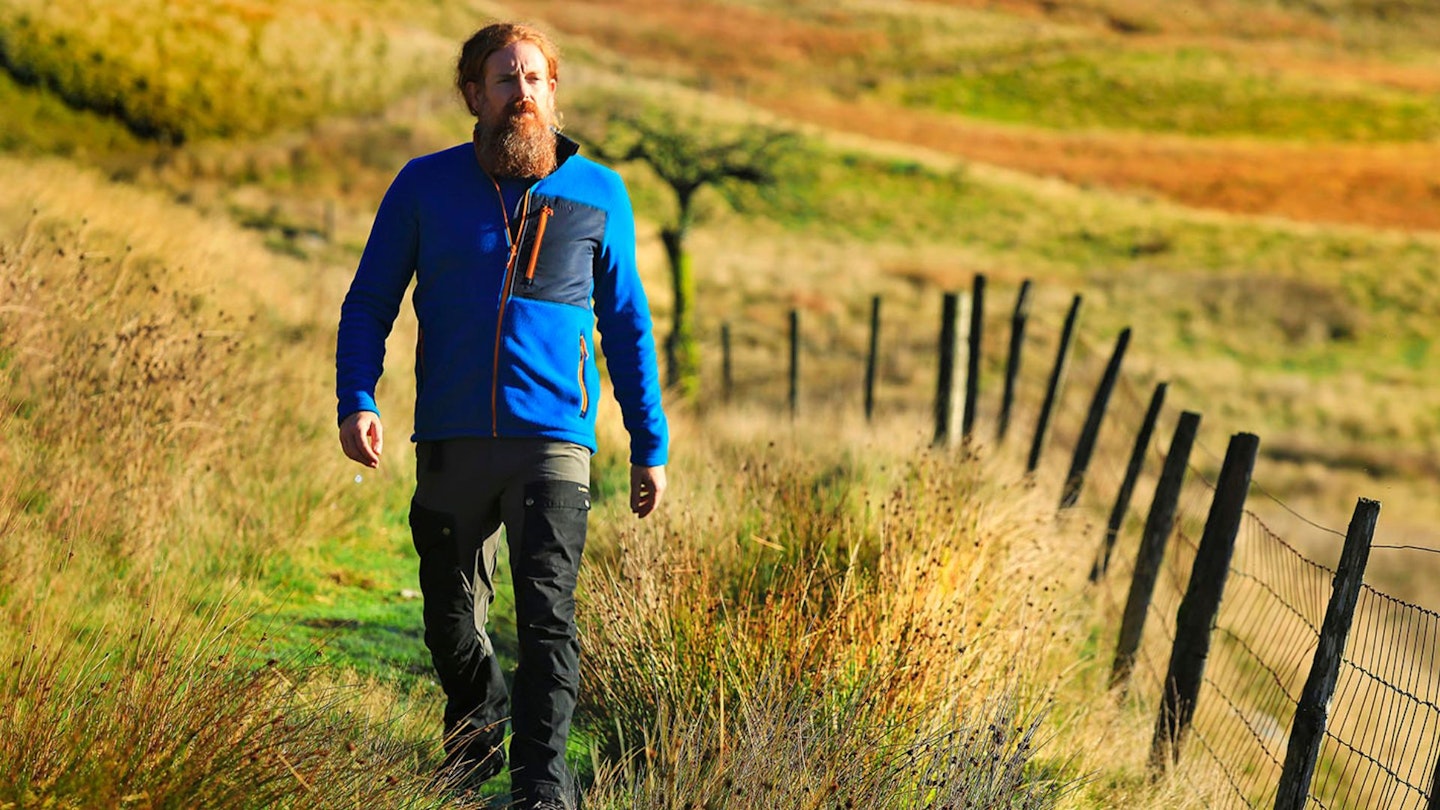
For those who like their fleece cosy, tough, and heritage-inspired, the Sherpa Rolpa Eco is a standout. It’s thick, durable, and made for cold days with recycled materials and a design that gives back through Sherpa’s education initiatives.
Lightweight lovers will appreciate The North Face Summit Futurefleece, a technical option designed for speed and breathability. It’s so light you barely notice you’re wearing it, and while it’s not windproof, it works brilliantly behind a shell.
Prefer a throwback look? The Cotopaxi Abrazo Half-Zip blends retro vibes with a modern fit and solid warmth, making it ideal for cold-weather walks, après-ski, or just looking sharp in the pub. It’s not the most technical fleece here, but it’s definitely one of the most fun.
While these didn’t take top honours, we’d be more than happy to have any of them in our kit cupboard. And if you spot your size in stock, you might just score a cracking deal on a fleece that’ll last you seasons.
What to look for in a fleece jacket
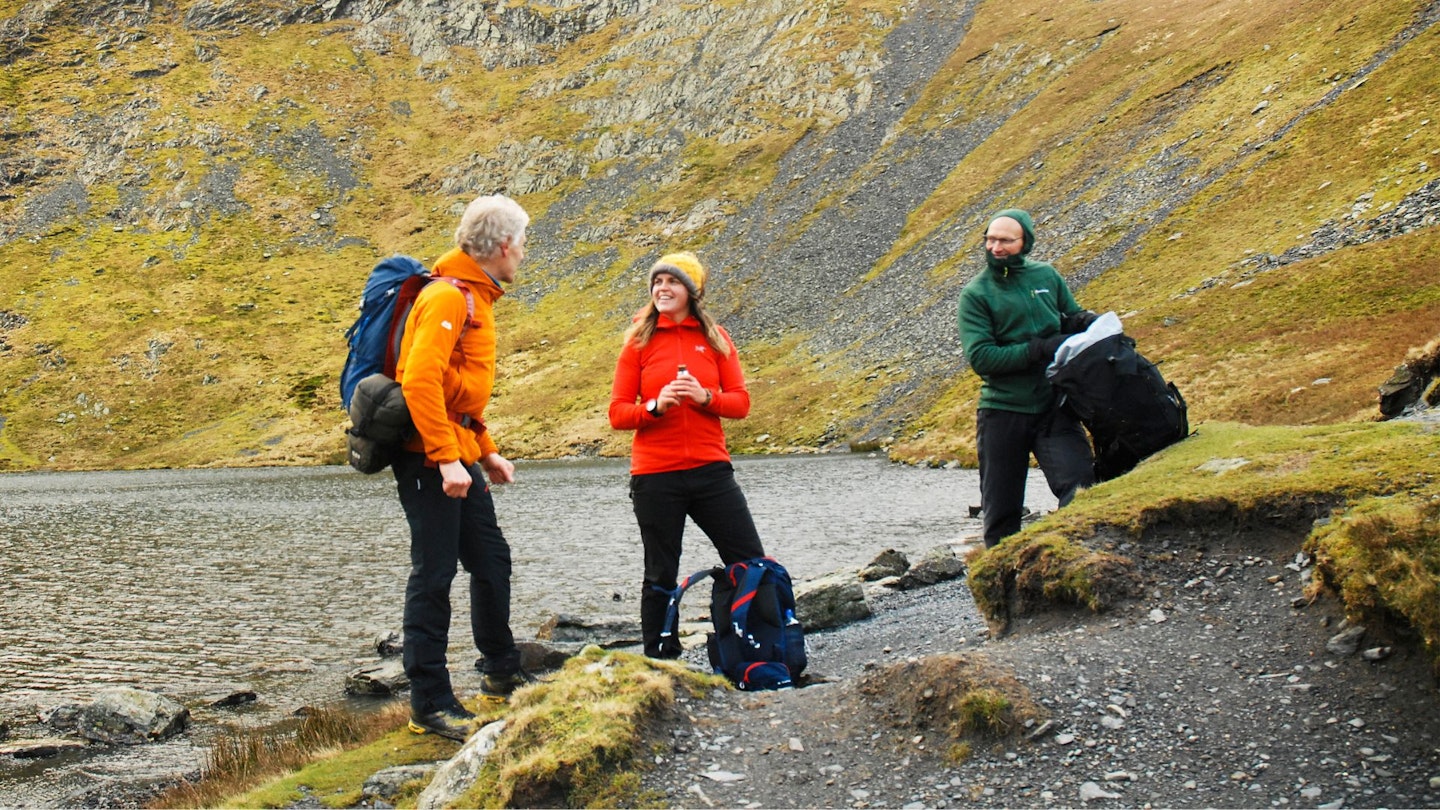
Hang on, what is fleece?
Invented 1979 by Patagonia in tandem with Polartec, fleece is a synthetic fabric, typically made from polyester, designed to mimic the insulating properties of wool - while being lightweight, soft, and moisture-wicking. Fleece is incredibly versatile. It's quicker drying than a heavy wool jumper, and, unlike down jackets, works when wet.
Fleece types
Traditional options include polar fleece, micro-fleece (lightweight and tightly-woven) and high-loft fleece (fluffy and warm). Modern offerings include gridded fleece and Polartec’s super breathable Alpha Direct fluffy mesh tufts.
Fleeces also vary in weight and thickness, too. Thinner fleece jackets work best as mid layers. Sleek, stretchy and technical, they provide better freedom of movement and overall breathability but don’t offer much warmth. Thicker fleeces with a deeper pile trap more heat. They work best as standalone outer layers on dry days, but they are heavier and may feel too bulky underneath a hard shell. We usually categorise these into lightweight, mid-weight and heavyweight layers.
Casual vs performance fleeces

Casual fleece jackets are designed primarily for comfort and everyday wear, often focusing on style over technical features.
In contrast, performance fleece is engineered for active use, offering features like moisture-wicking, extra breathability, and technical fits to accommodate movement, making it ideal for hiking, climbing, or mountaineering.
Choosing between these depends on whether you need a jacket for daily wear or intensive outdoor activities.
What's the difference between cheap and expensive fleeces?
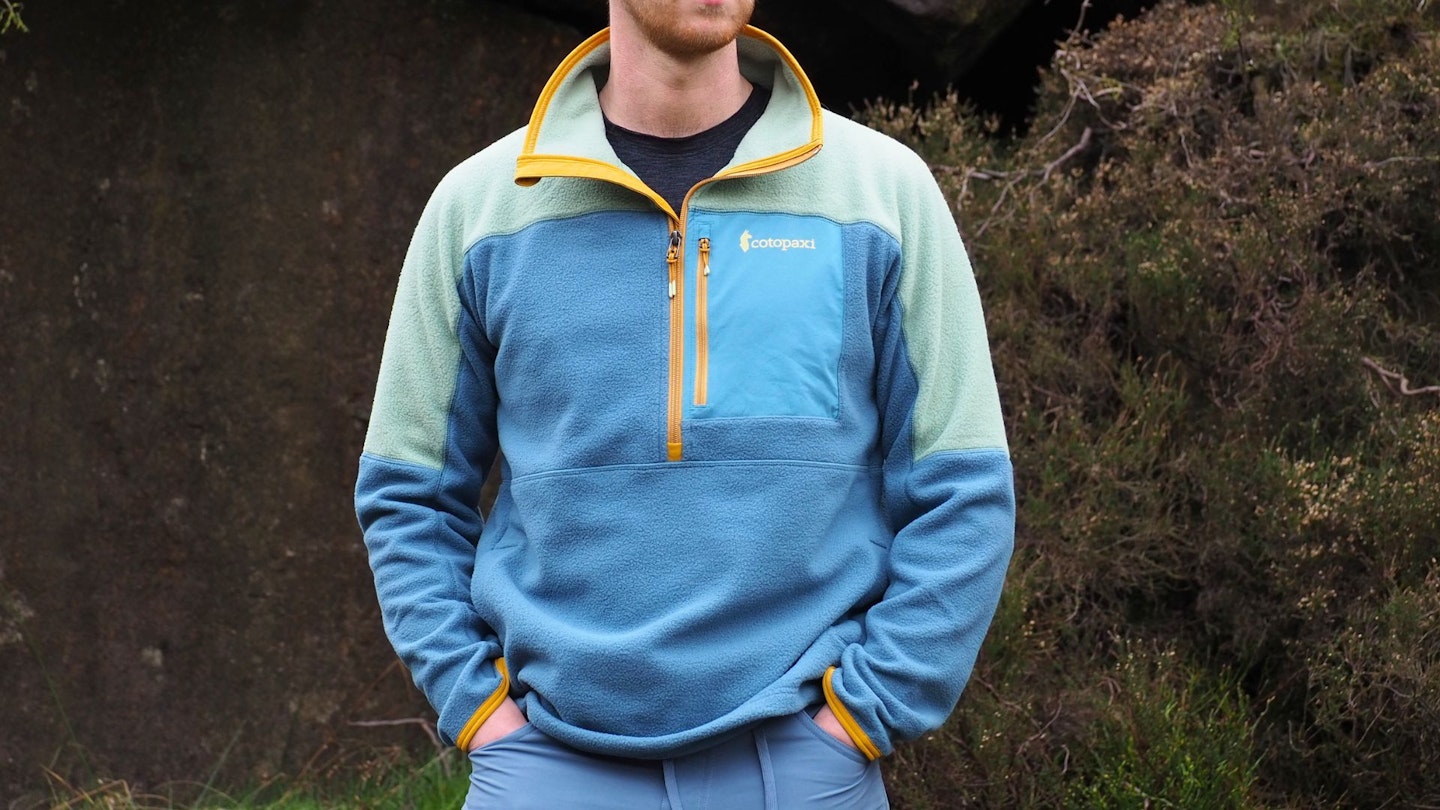
Things like design, durability, and sustainability separate cheap and more expensive fleeces (generally). A cheap fleece will be warm and functional initially, but will wear quickly and won't usually give a thought to the environment.
More expensive and 'technical' fleeces often employ more thoroughly engineered design methods. For example, some feature natural fibres such as merino wool. Others blend in additional synthetic materials like elastane. Hybrid fleece jackets mixing different materials are common. Their ‘zoned’ or ‘mapped’ construction optimises warmth, breathability and stretch.
Durability
Durability varies among fleeces, with thicker fabrics and higher-quality constructions offering better longevity. Performance fleeces often have reinforcements on high-wear areas, like elbows, while casual fleece may be softer but less durable. For long-lasting wear, especially in rugged environments, look for abrasion-resistant materials and reinforced stitching.
Sustainability
In terms of sustainability (more on this below), we consider the use of recycled material the bare minimum these days. Brands should be doing all they can to make fleece jackets more sustainable and durable, which is worth paying for.
Should a fleece be tight or loose fitting?
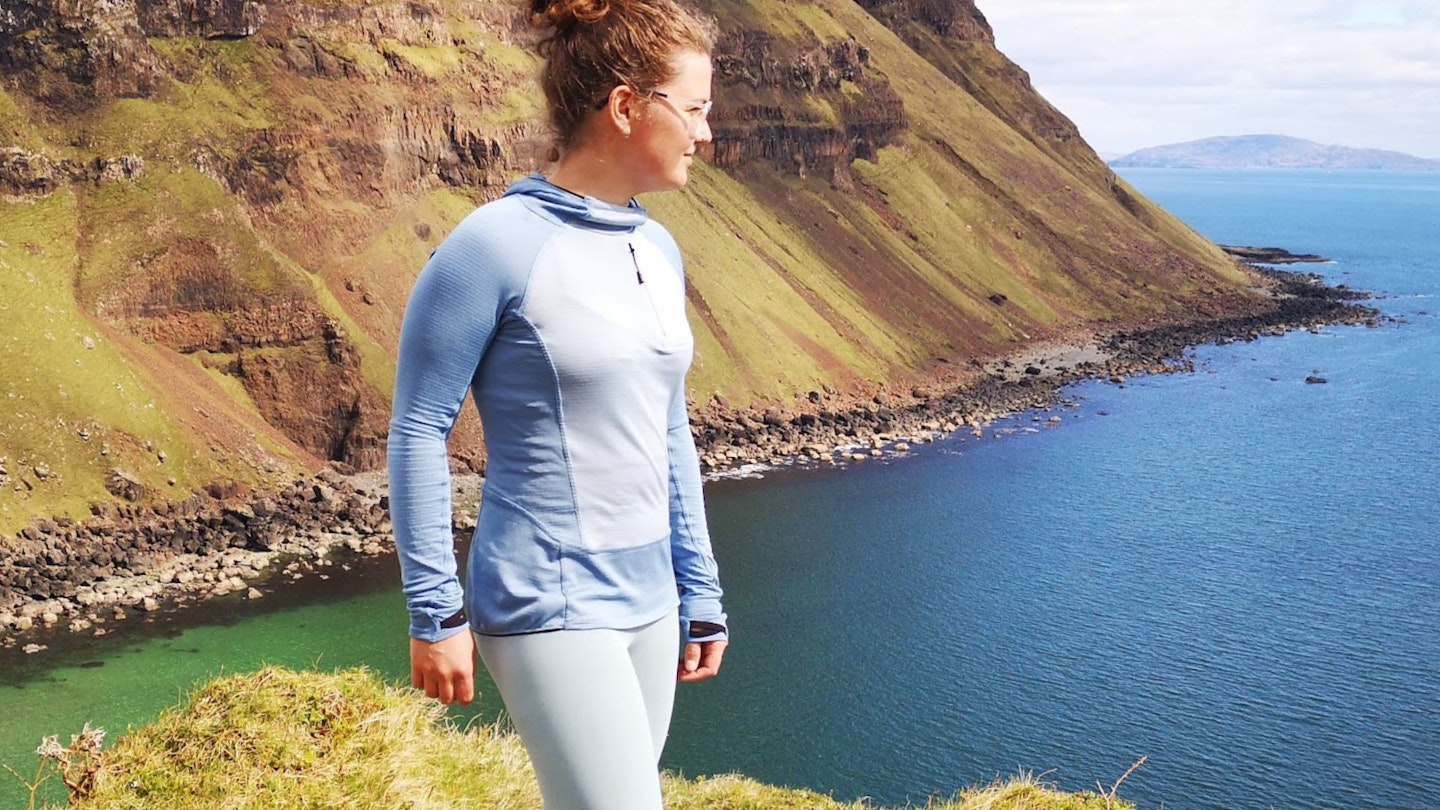
Ultimately, this is a personal choice. For hiking, a fleece needs to fit over base layers without feeling restrictive, but should also fit comfortably under a hardshell waterproof without being too chunky or boxy. Look for one with a snug, close-to-the-body fit, with warmth sealed-in at the wrist cuffs, waist hem and collar.
Adjustable drawcords or stretchy edging at the waist hem enable a snug fit tailored to your body shape. Adjustable wrist cuffs are rare, but some are elasticated for a closer fit that seals in warmth.
Should a fleece have a hood?
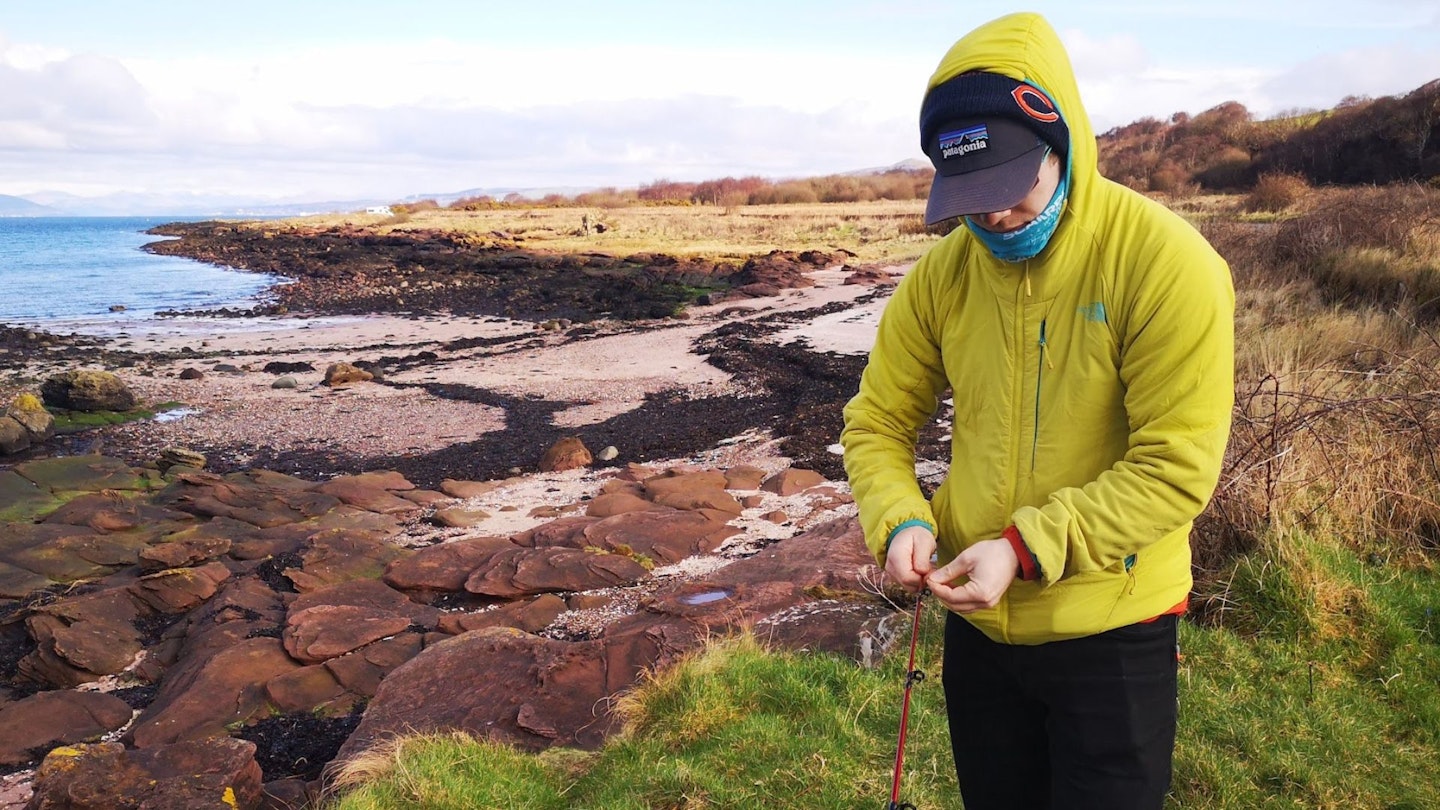
A fleecy hood provides excellent warmth and an essential feature for some. However, they can be annoying under other layers. If you prefer wearing a warm hat, you may not need a hood.
Are fleeces wind or waterproof?
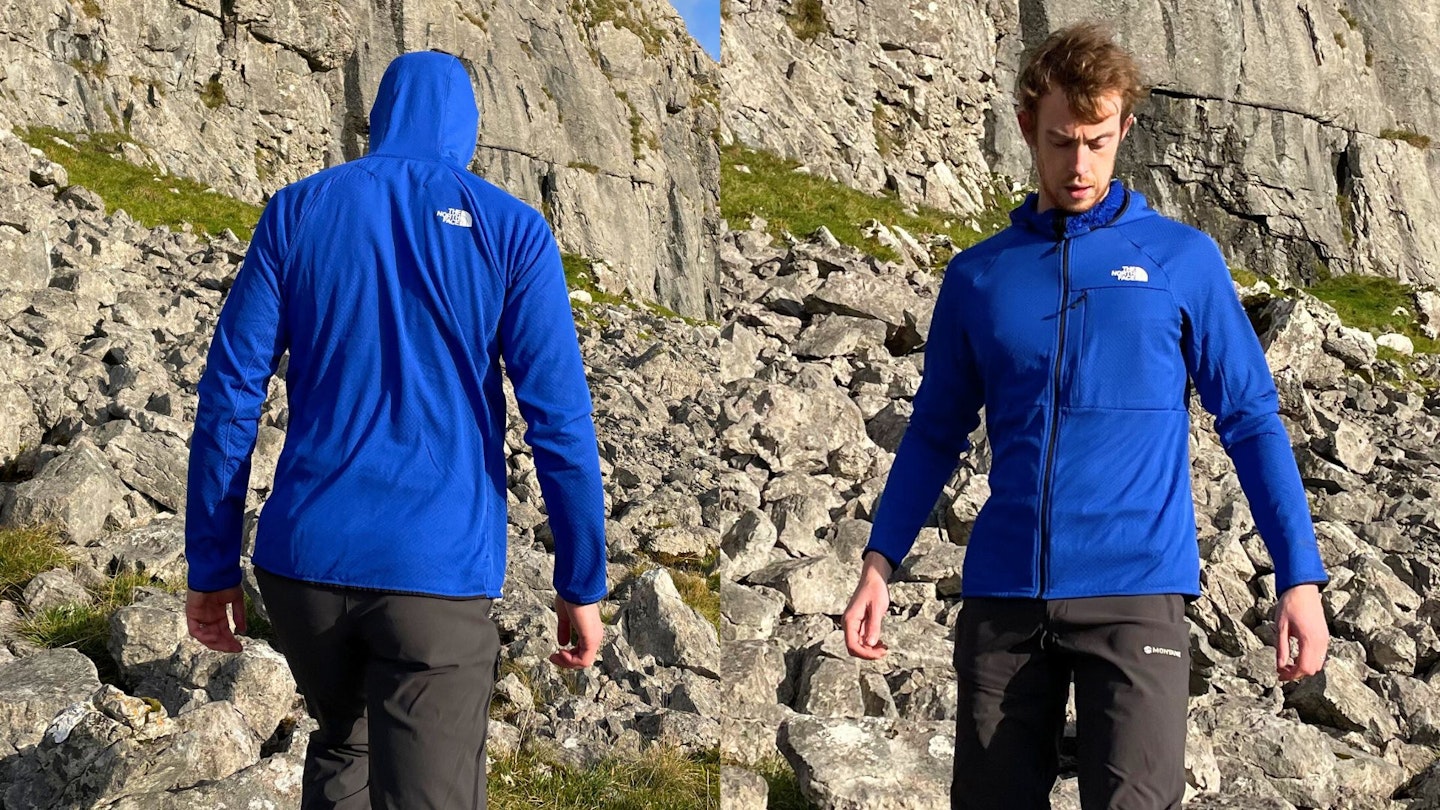
Fleeces are neither wind- nor waterproof and thus need to be paired with a a more protective outer layer in windy or wet conditions. However, some fleeces use high-density, close-knitted yarns or the addition of wind-resistant face fabrics or membranes to keep the breeze at bay.
What about pockets and zips?
A selection of internal and external pockets is handy for storage. Handwarmer pockets are most common, but some jackets also feature Napoleon (breast) and bicep pockets too.
Fleece jackets have full-length, half, or quarter zips. Full length zips are easiest to get off and on, but they are heavier and slightly compromise warmth due to a longer seam.
Fleece sustainability
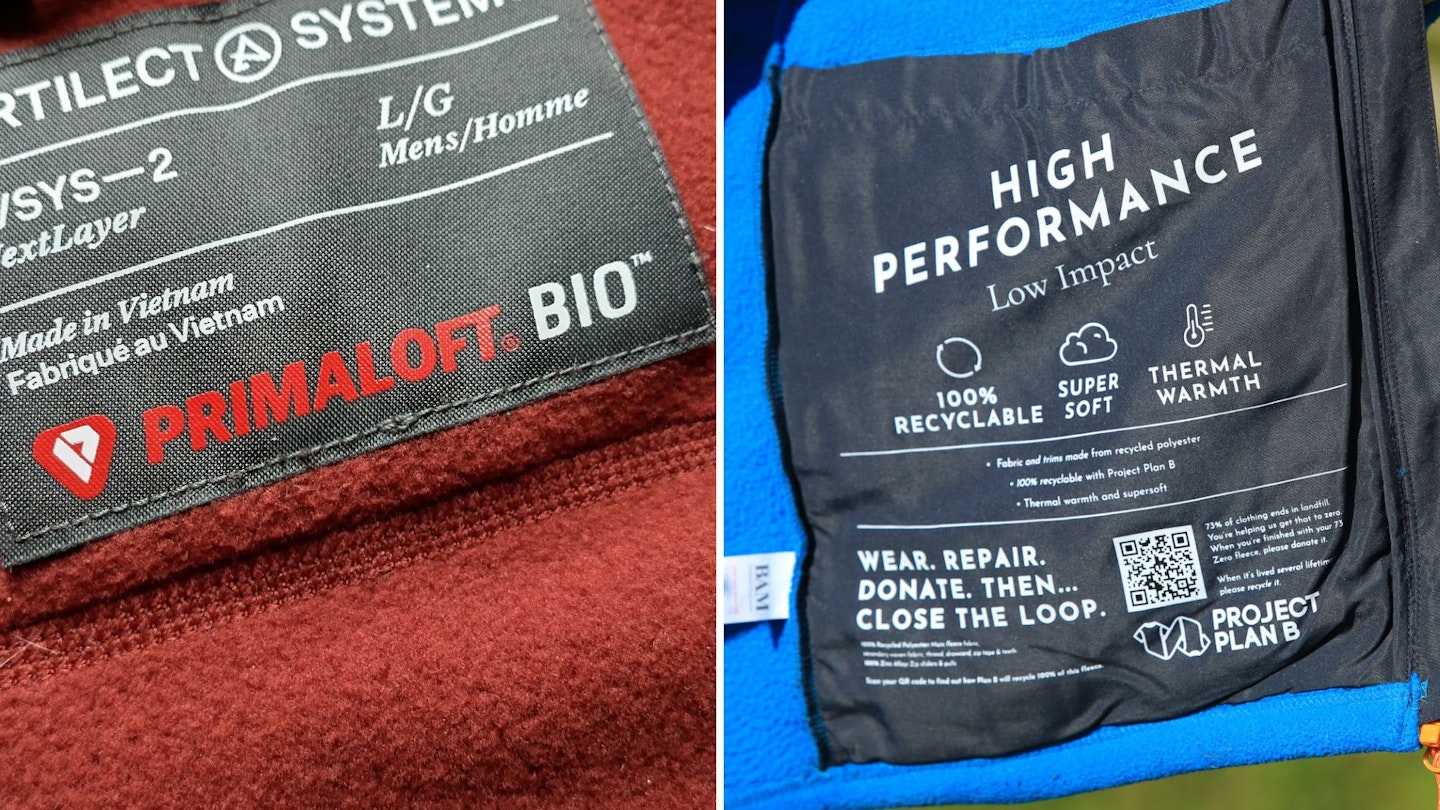
In these more enlightened times, we’ve now realised that a fabric made from petrochemicals is not so great for the planet. The manufacture of raw fleece material (polyester) emits a lot of CO2. And when put through the washing machine, fleeces release tiny strands and particles called microplastics into the environment.
Some outdoor gear brands are trying to find solutions to these problems and many fleeces are now made from recycled material, which is something but doesn't wholly address the challenge and more needs to be done.
However, innovation continues to amaze. In 2021, New Zealand outdoor gear brand Kathmandu launched a world-first range of fleeces made from Primaloft Bio. This fully recycled fabric looks and performs the same as traditional fleece, but it largely breaks down at an accelerated rate in oceans, wastewater, and landfill, the three places fleece fibres usually end up. Primaloft Bio is now being used by other brands too.
Having a circular/closed loop (i.e., recycled and recyclable) fleece is an important step too. You can also help battle against microplastic release by using a washing bag that catches the dislodged fleece strands.
About the author
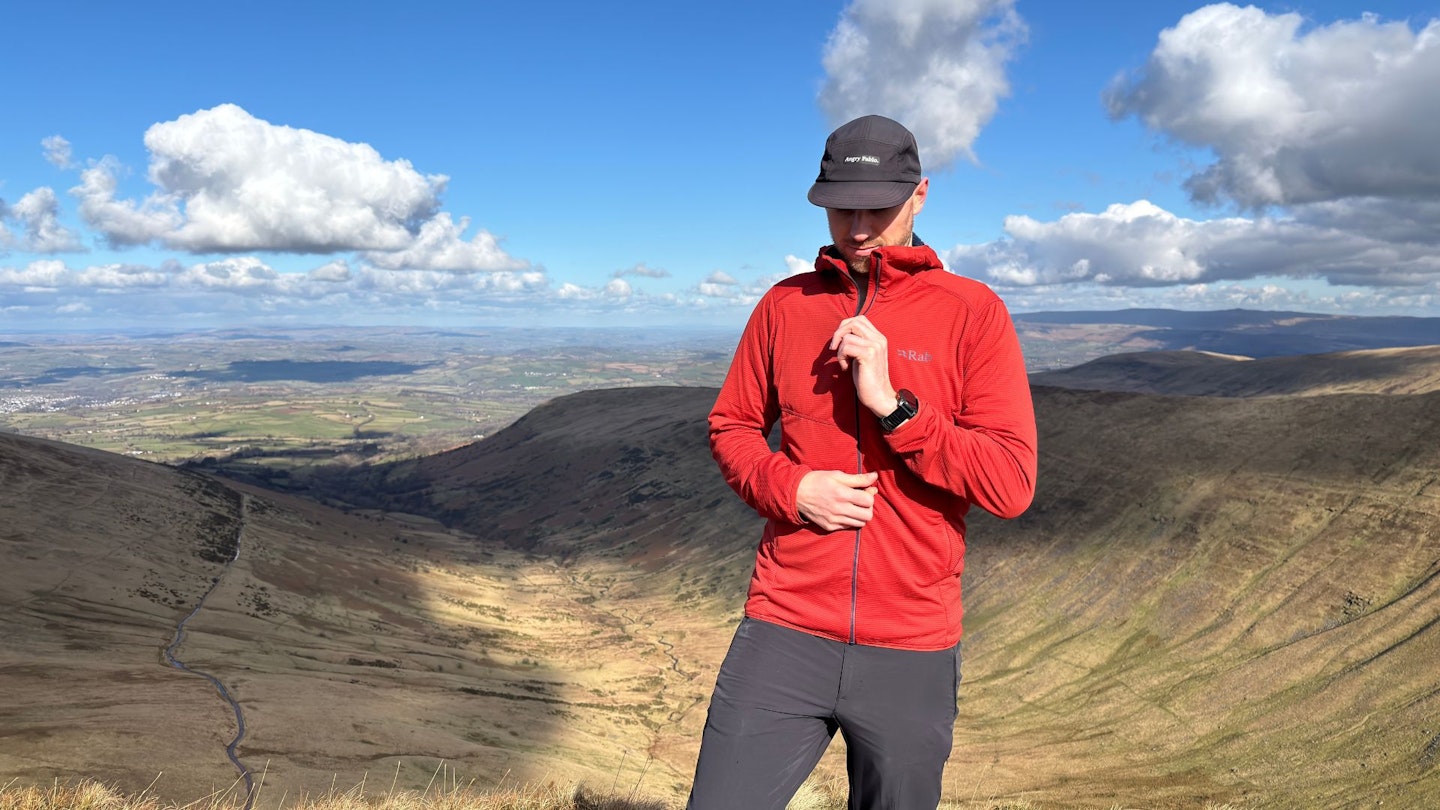
This article was assembled by LFTO deputy editor Rob Slade, with product reviews done by himself and LFTO writers Fliss Freeborn and Chris Williams. Between them, the trio have decades of hiking and product reviewing experience between them, having explored in wild places all around the world.
For something a bit warmer, check out our roundup of the best synthetic insulated jackets.


